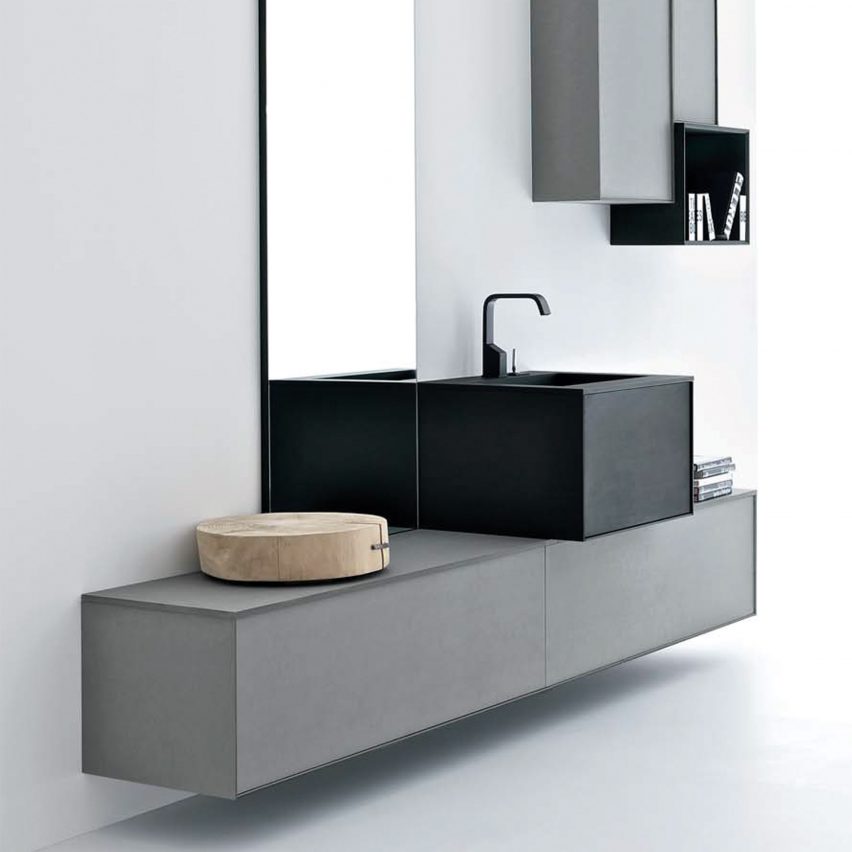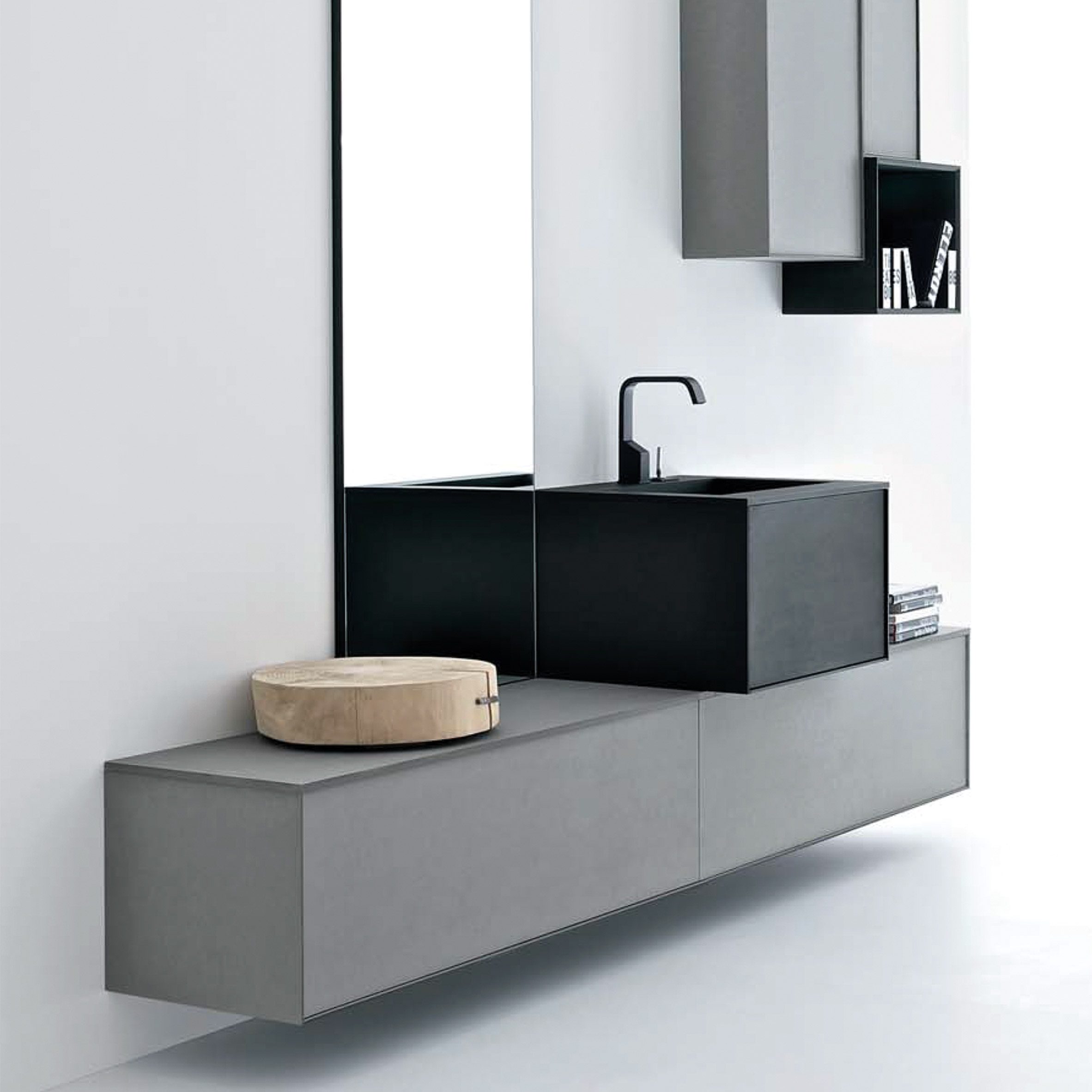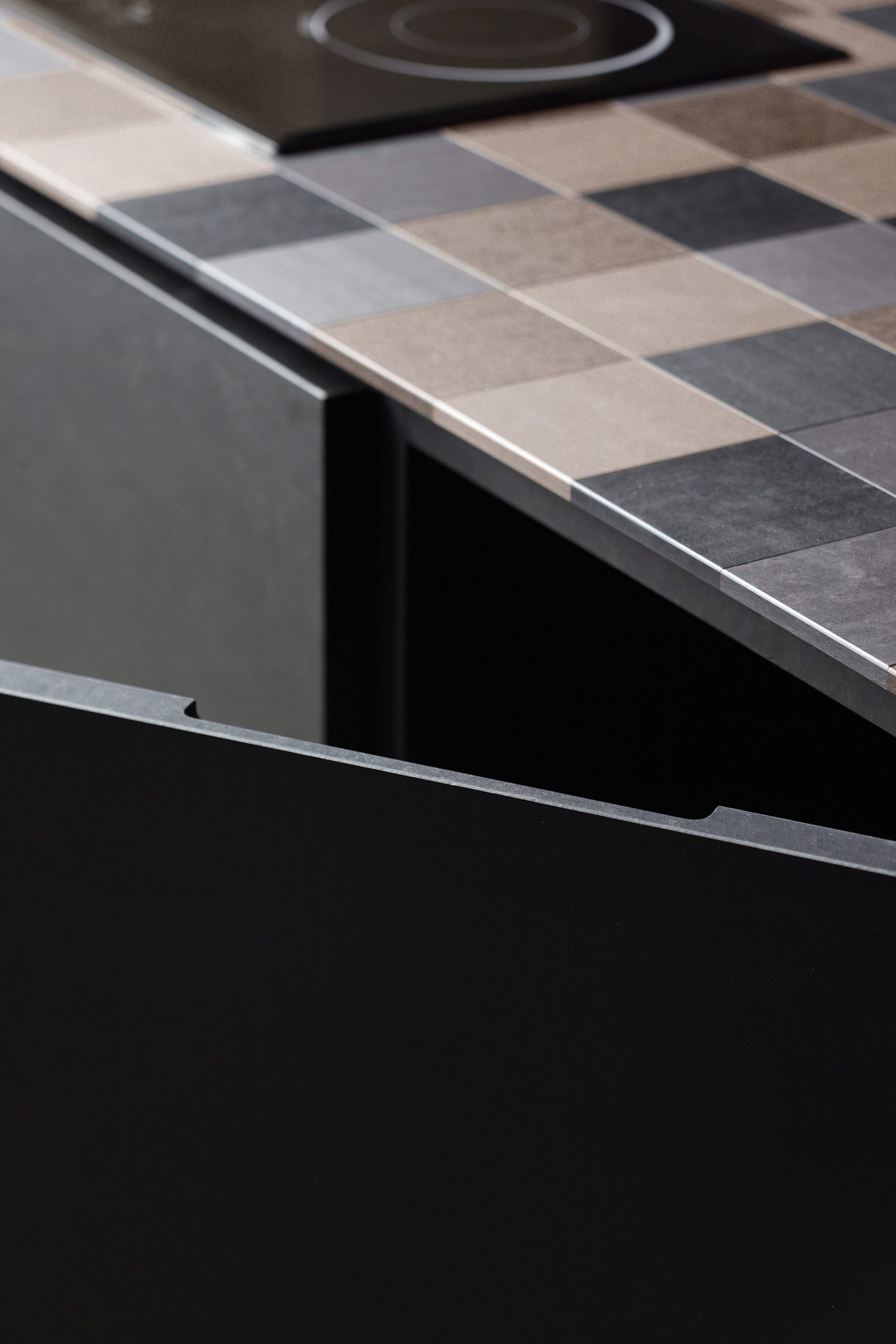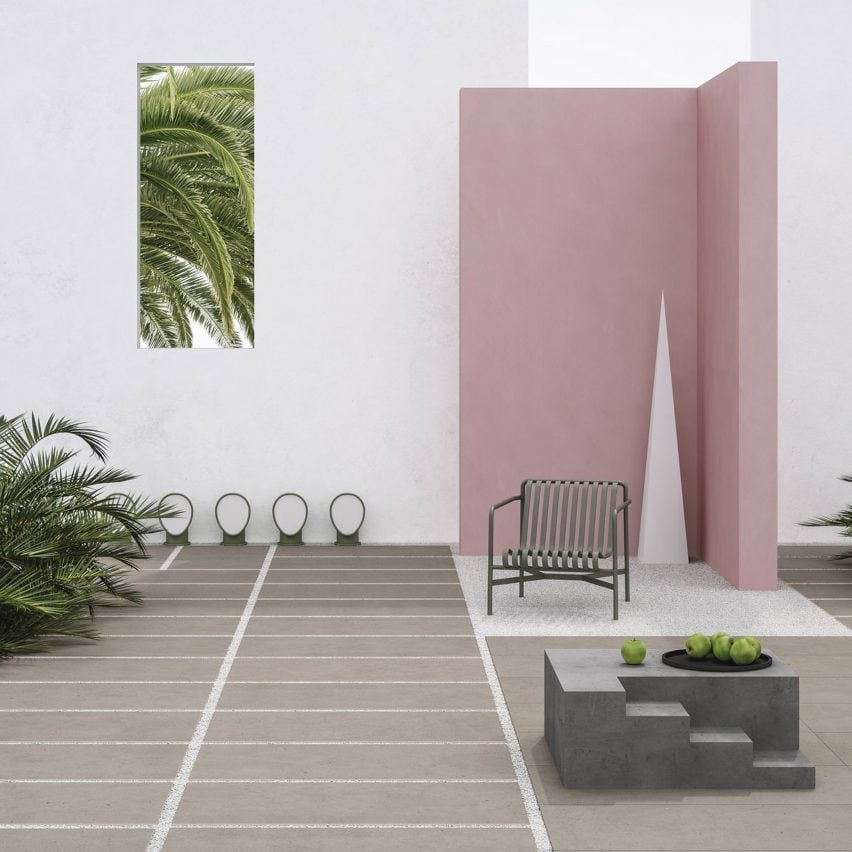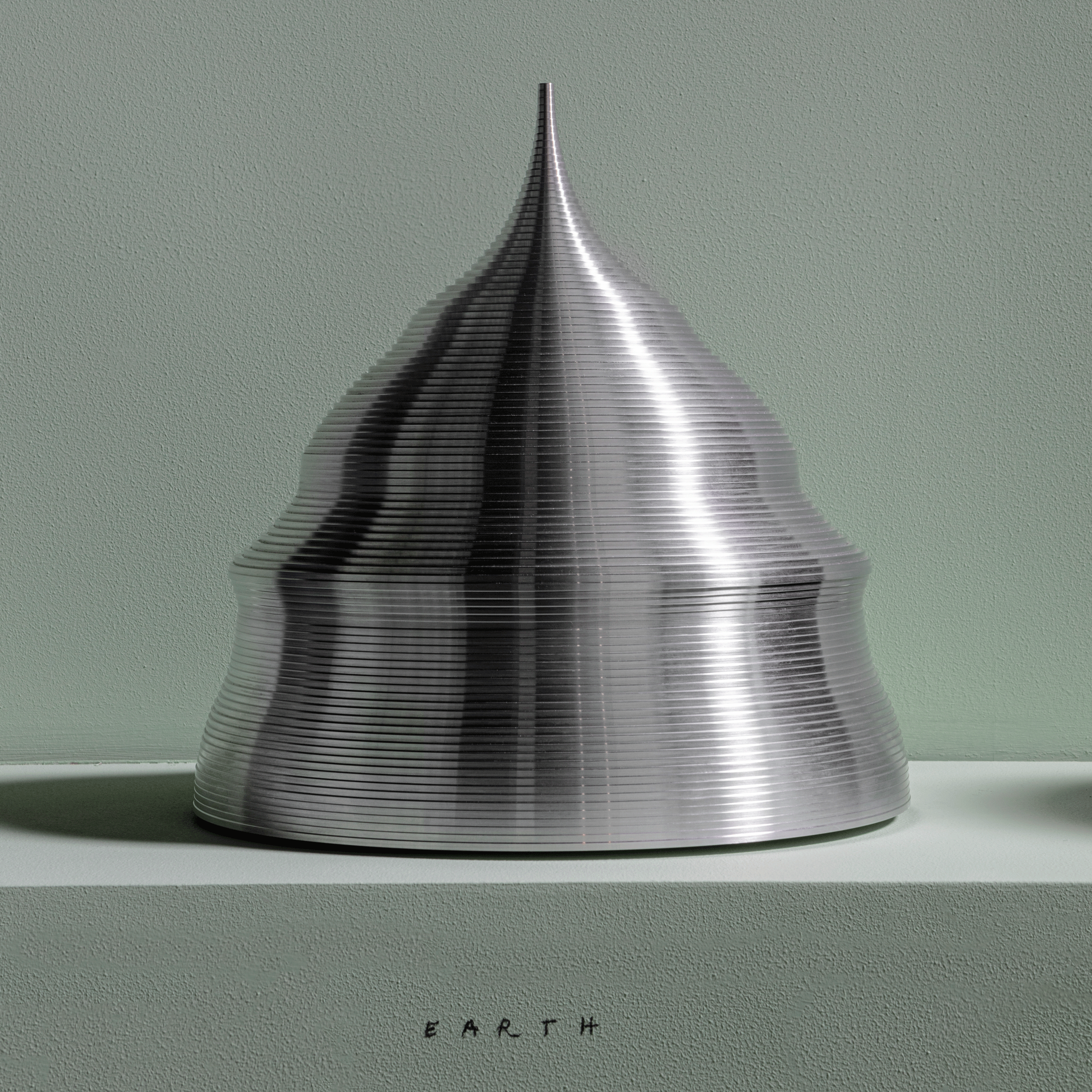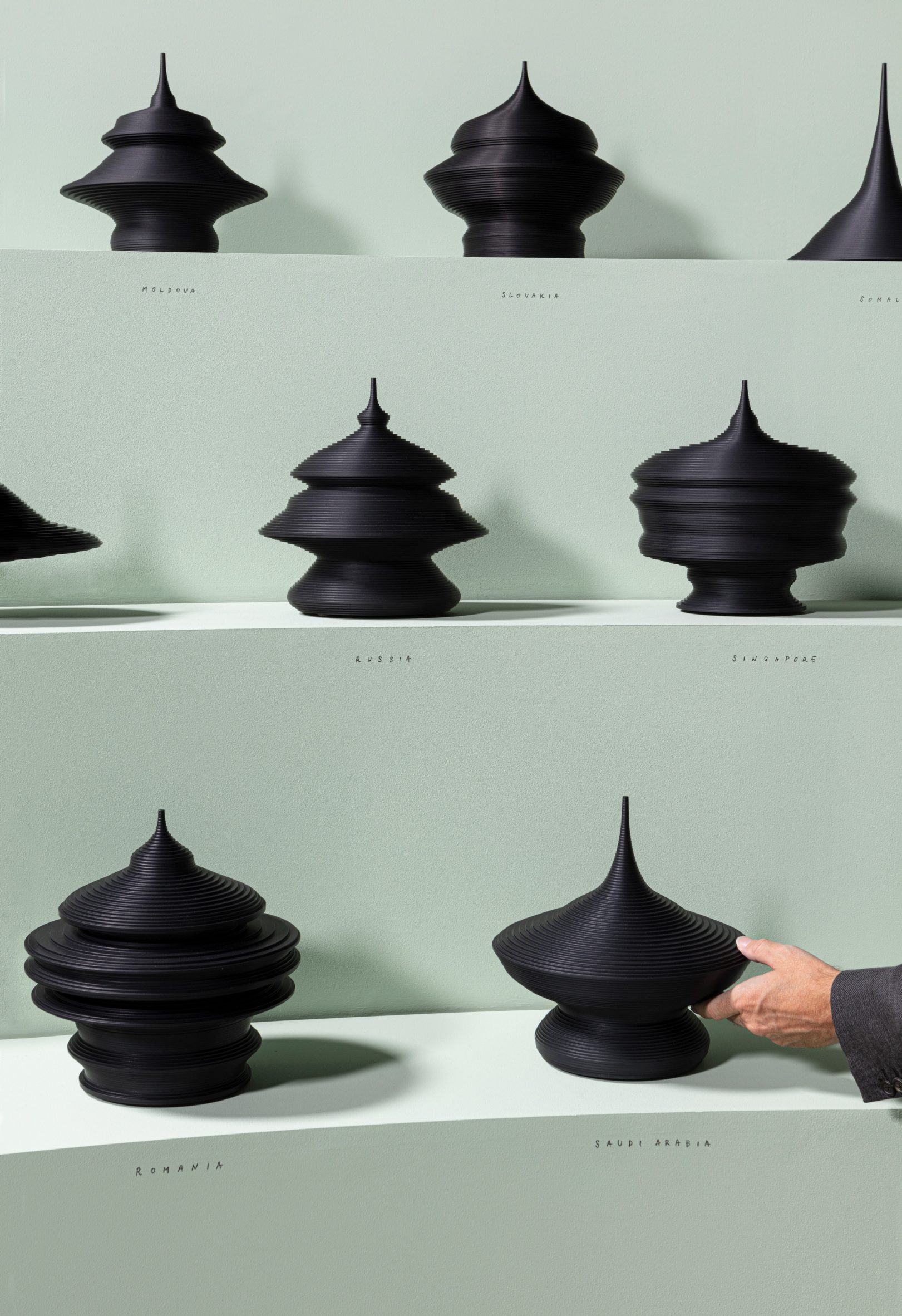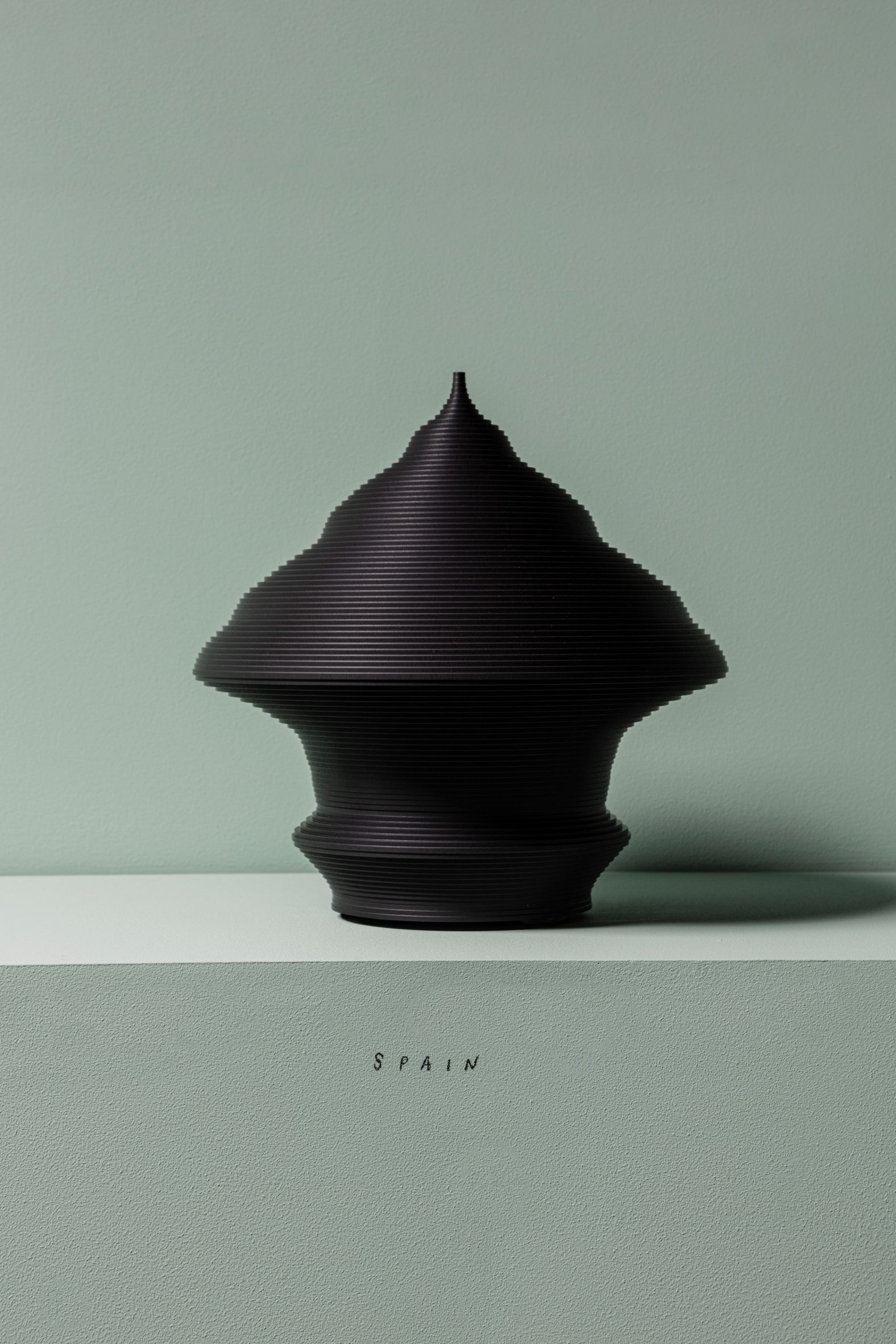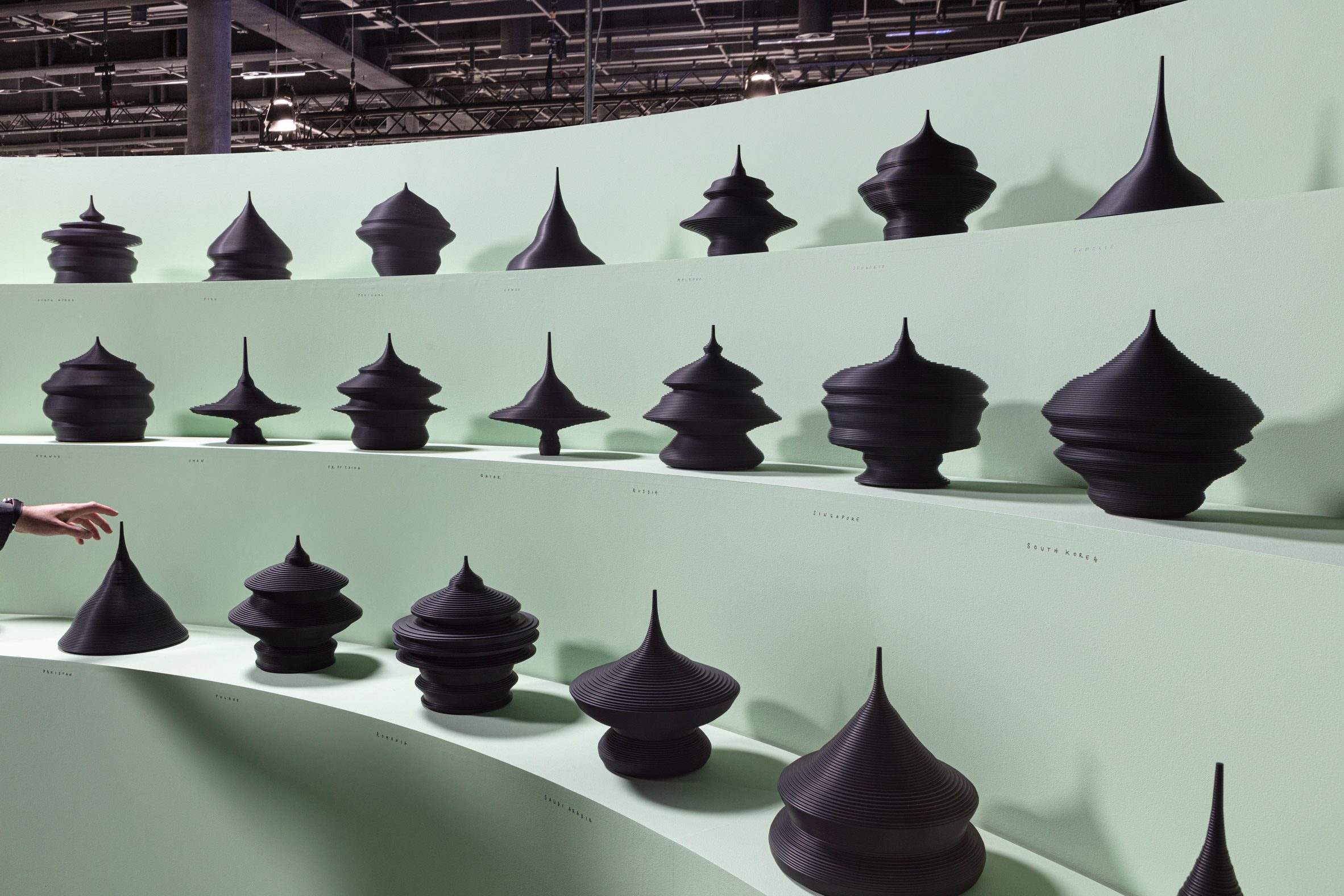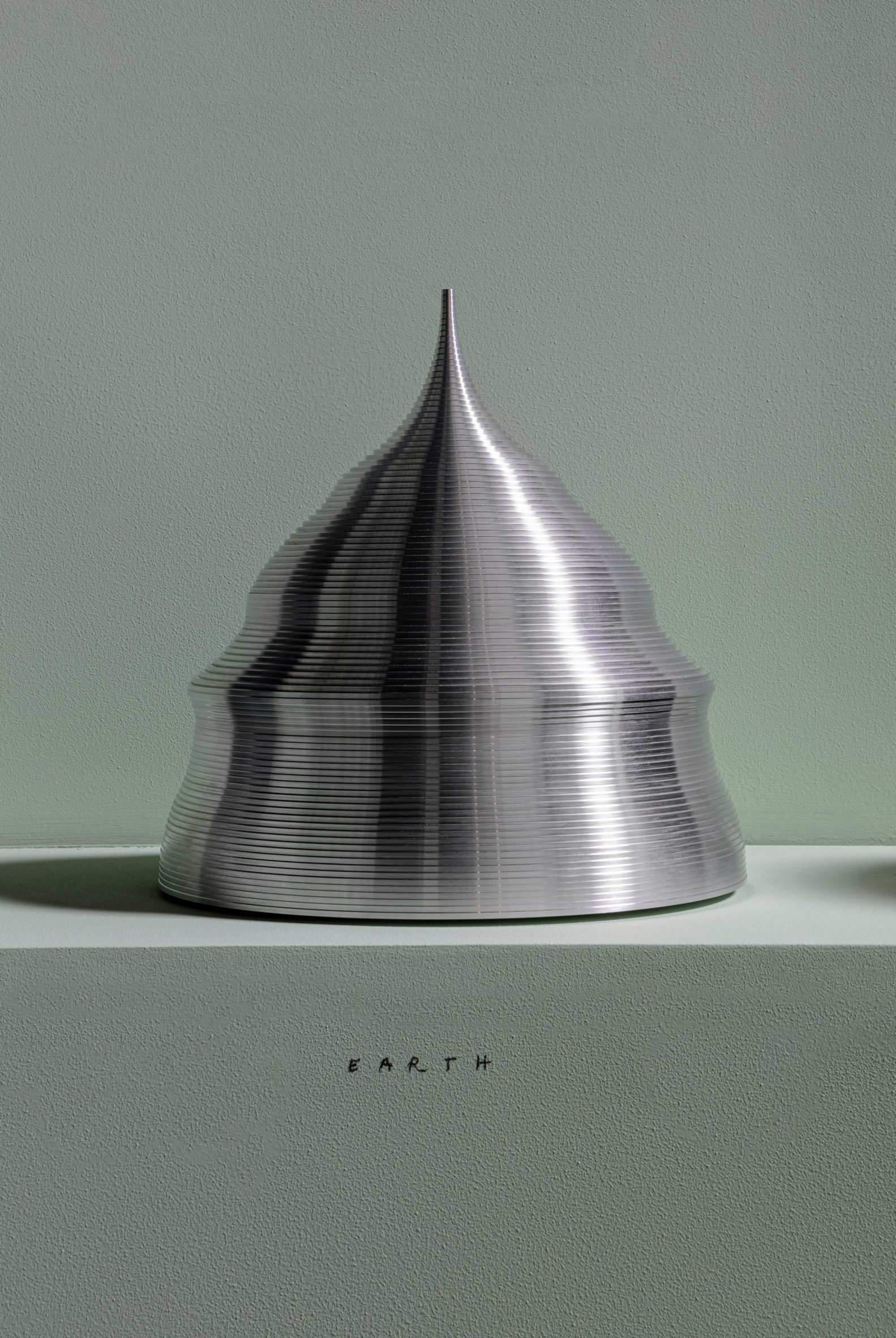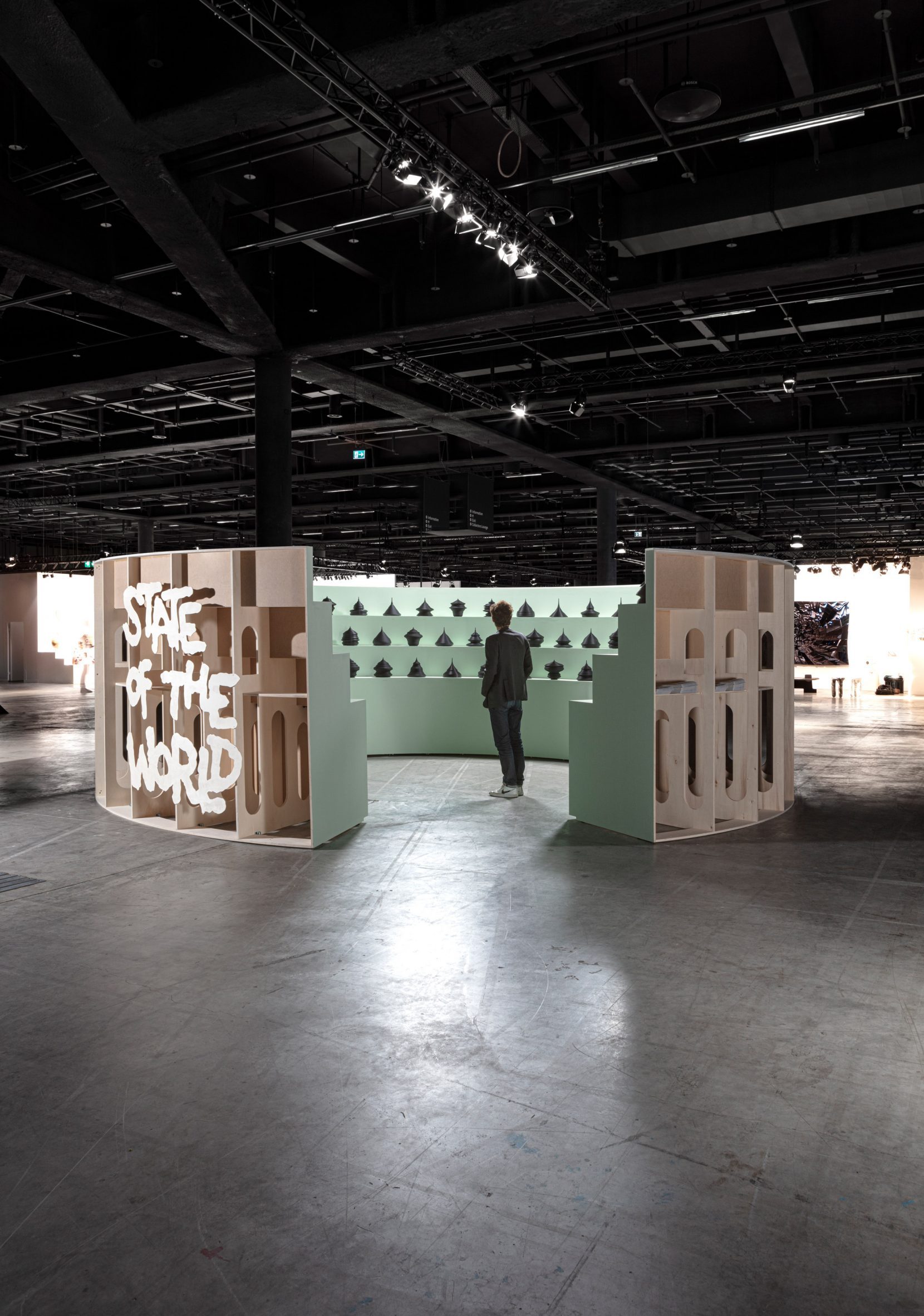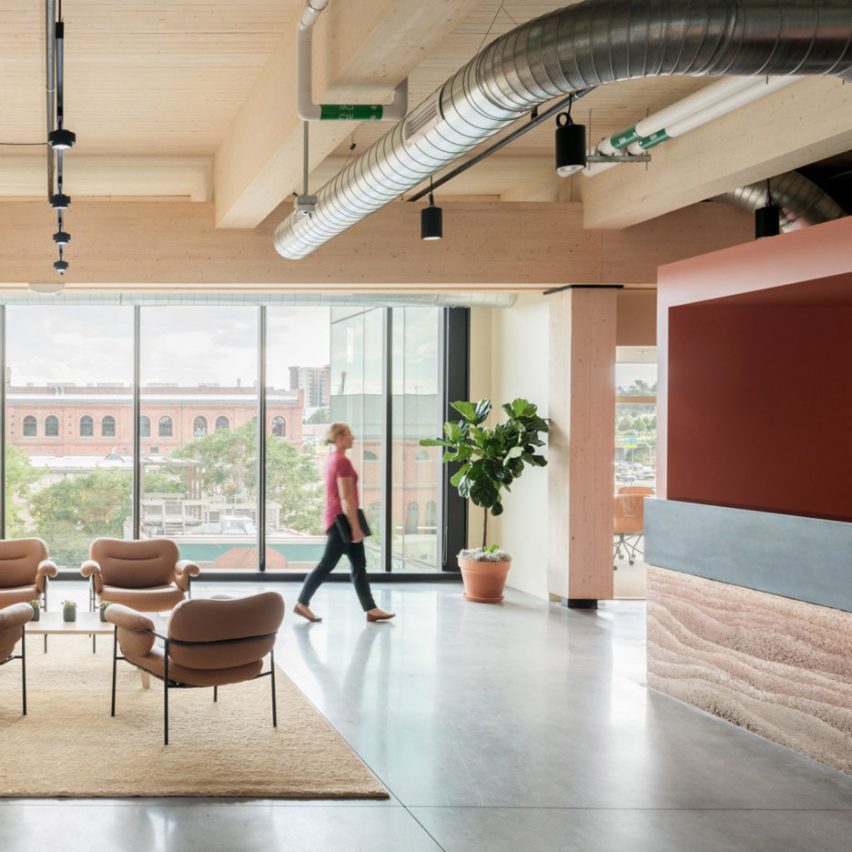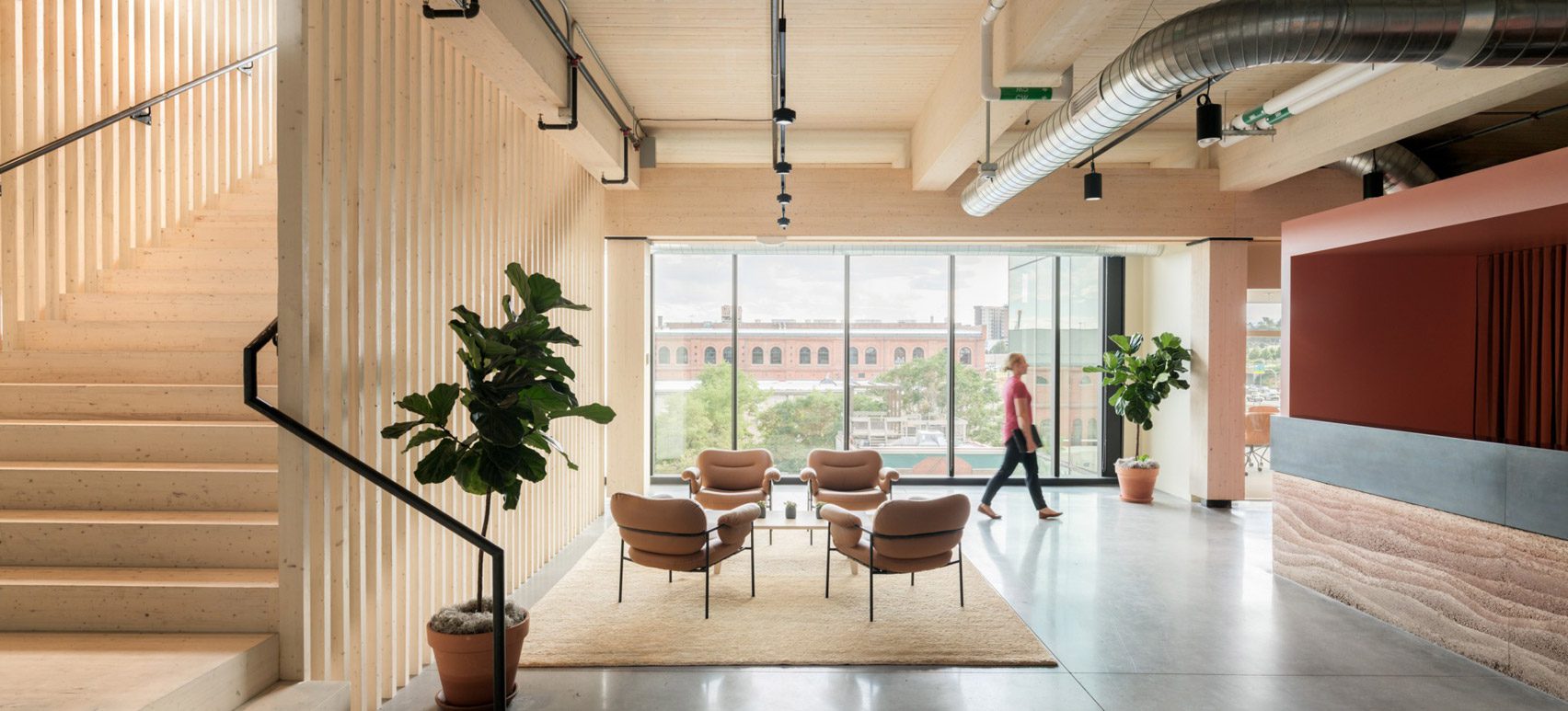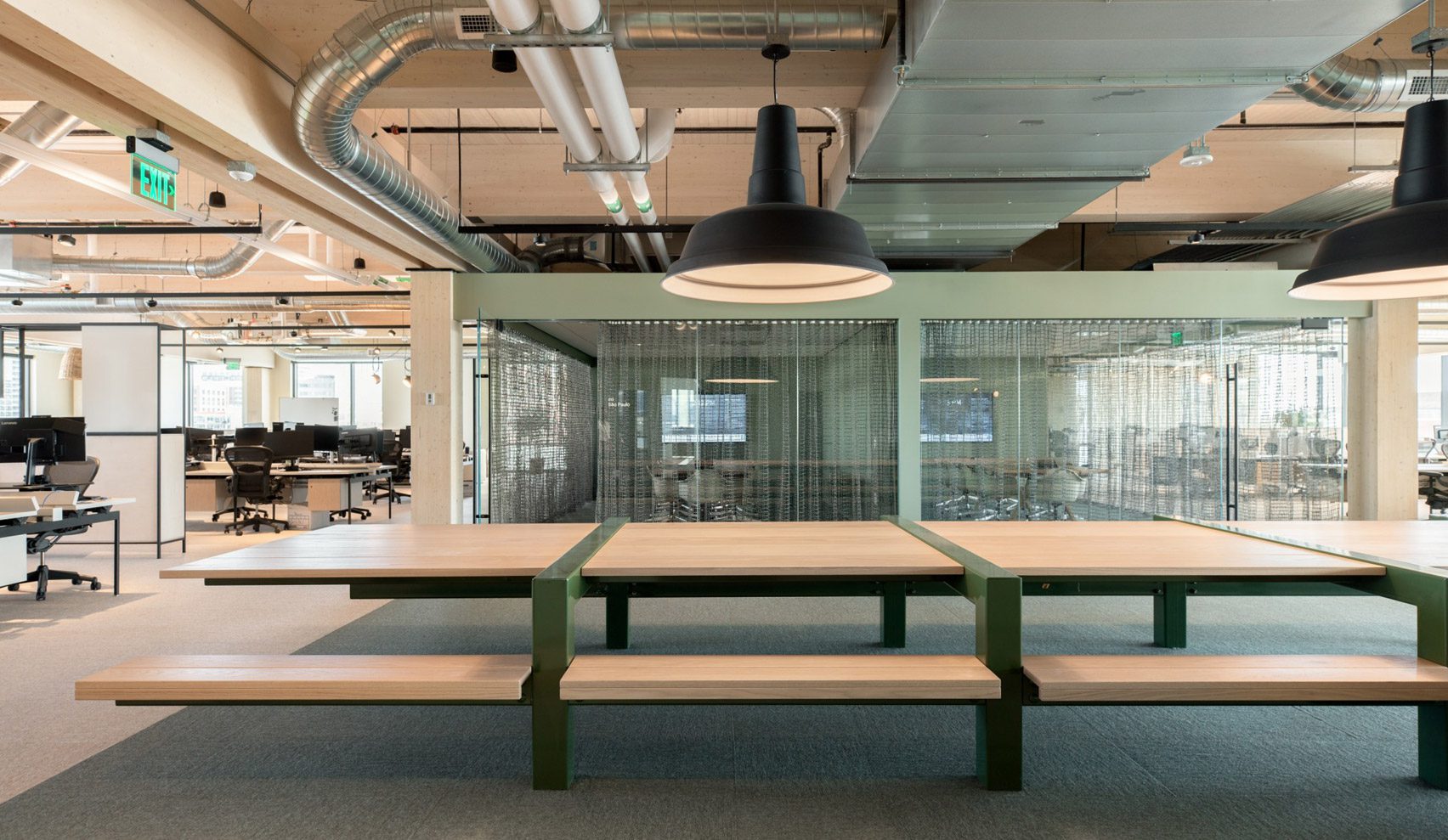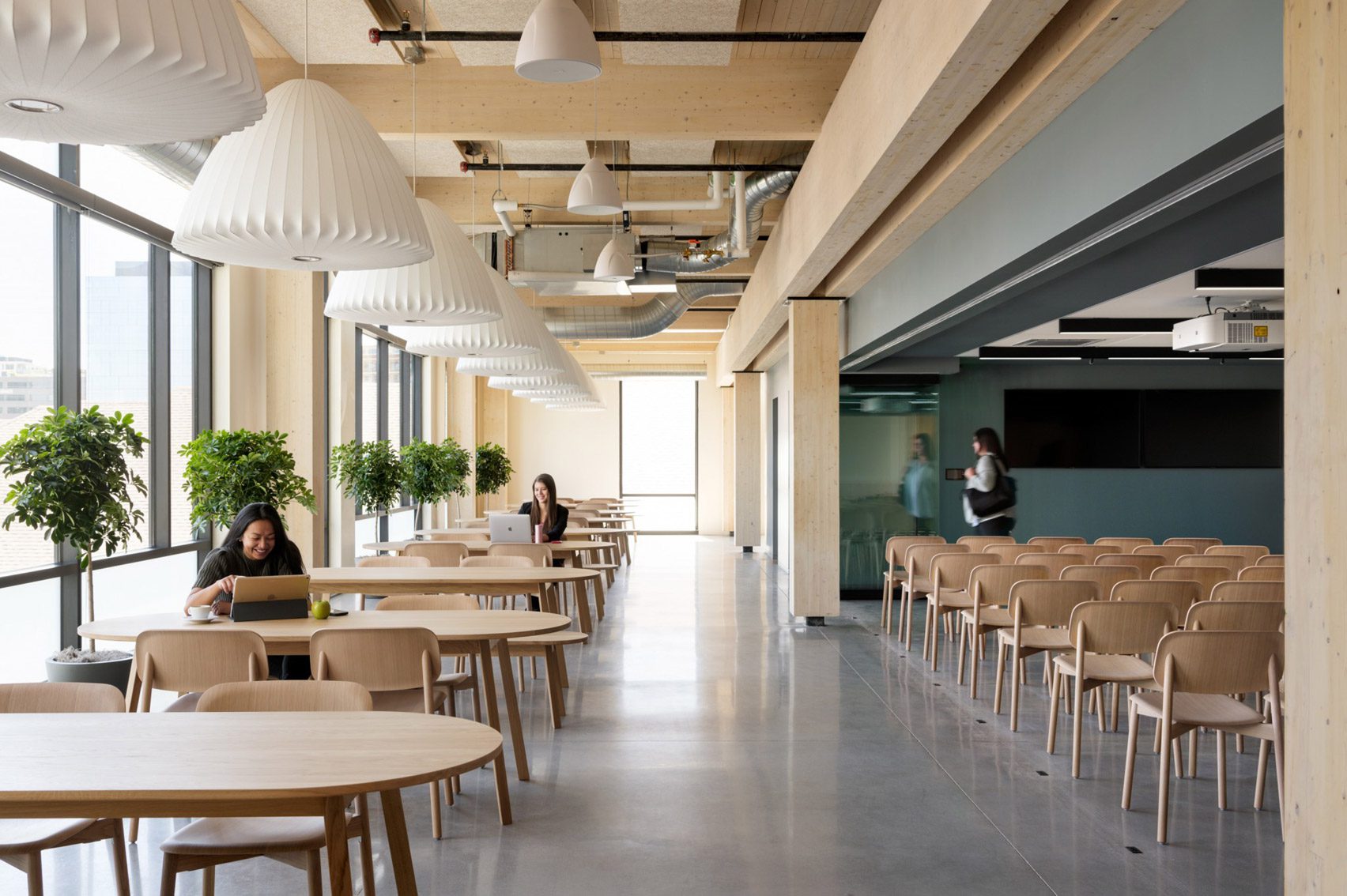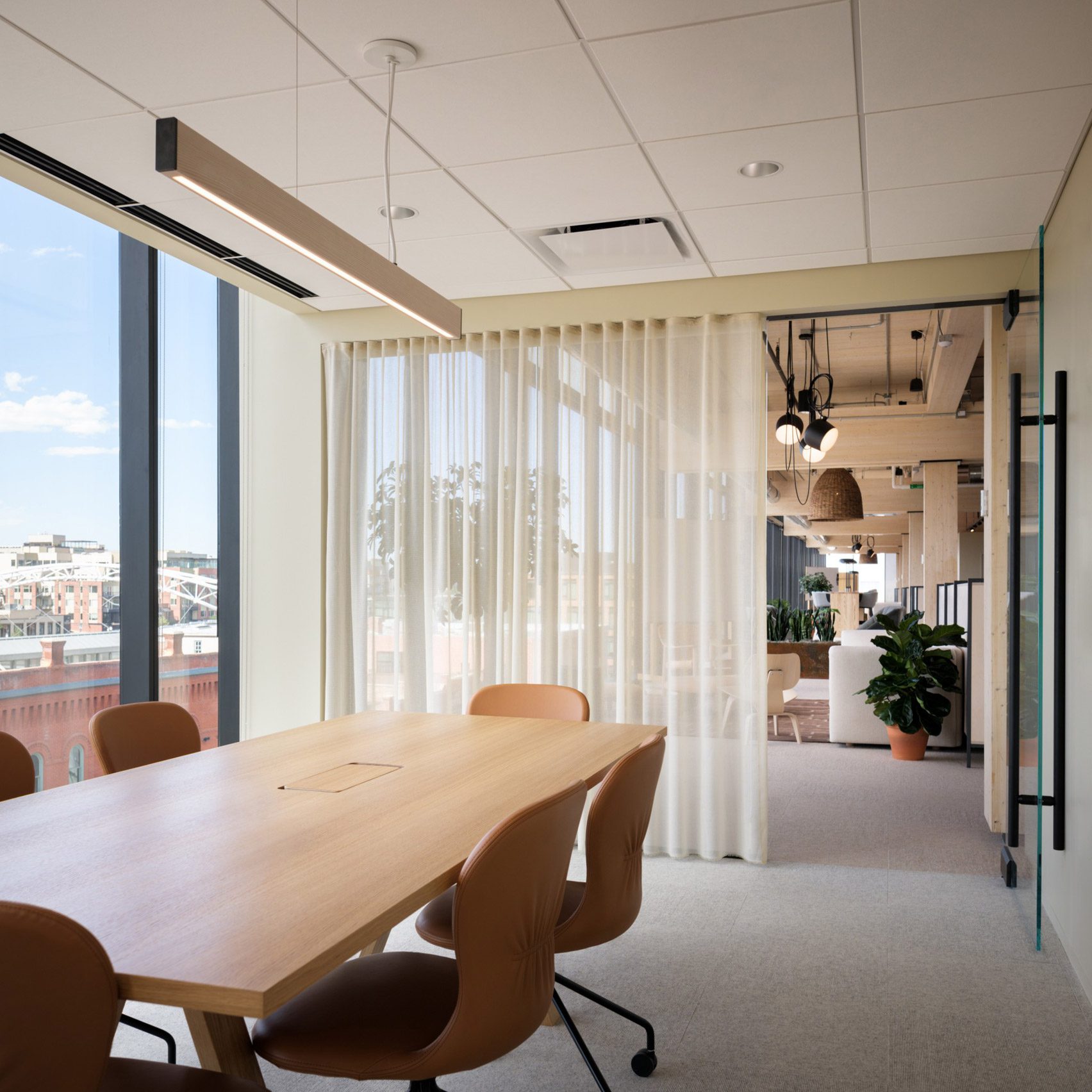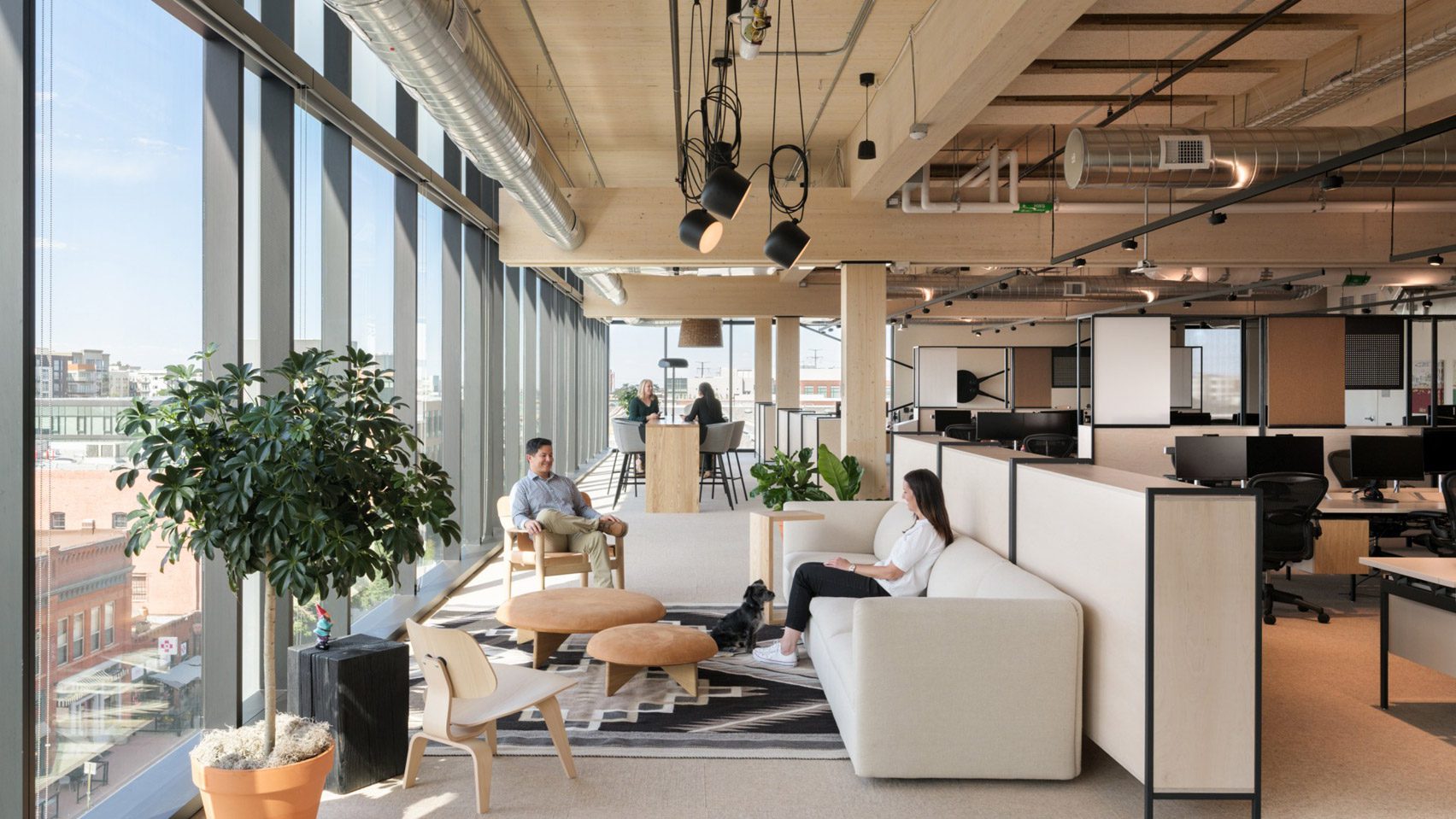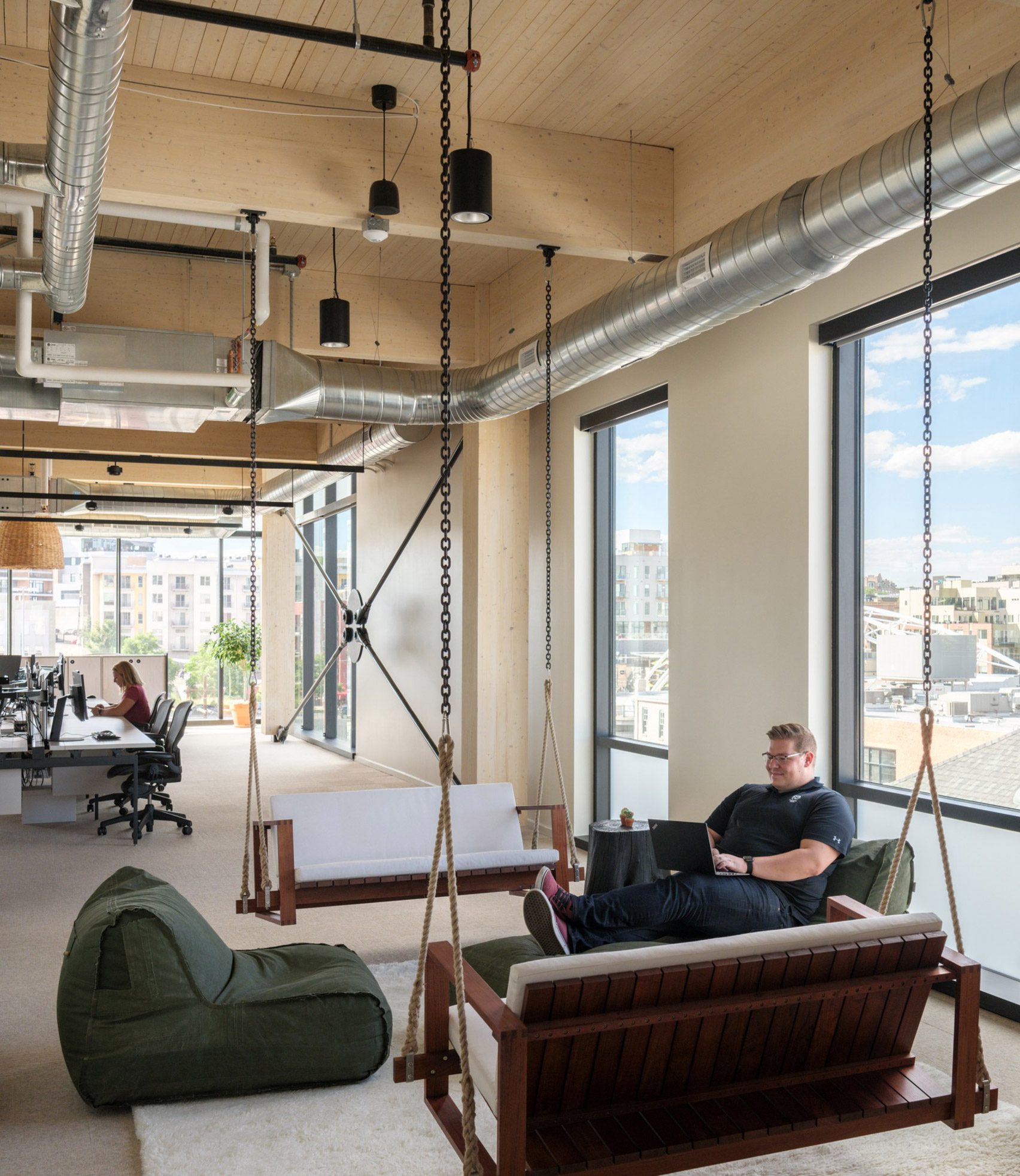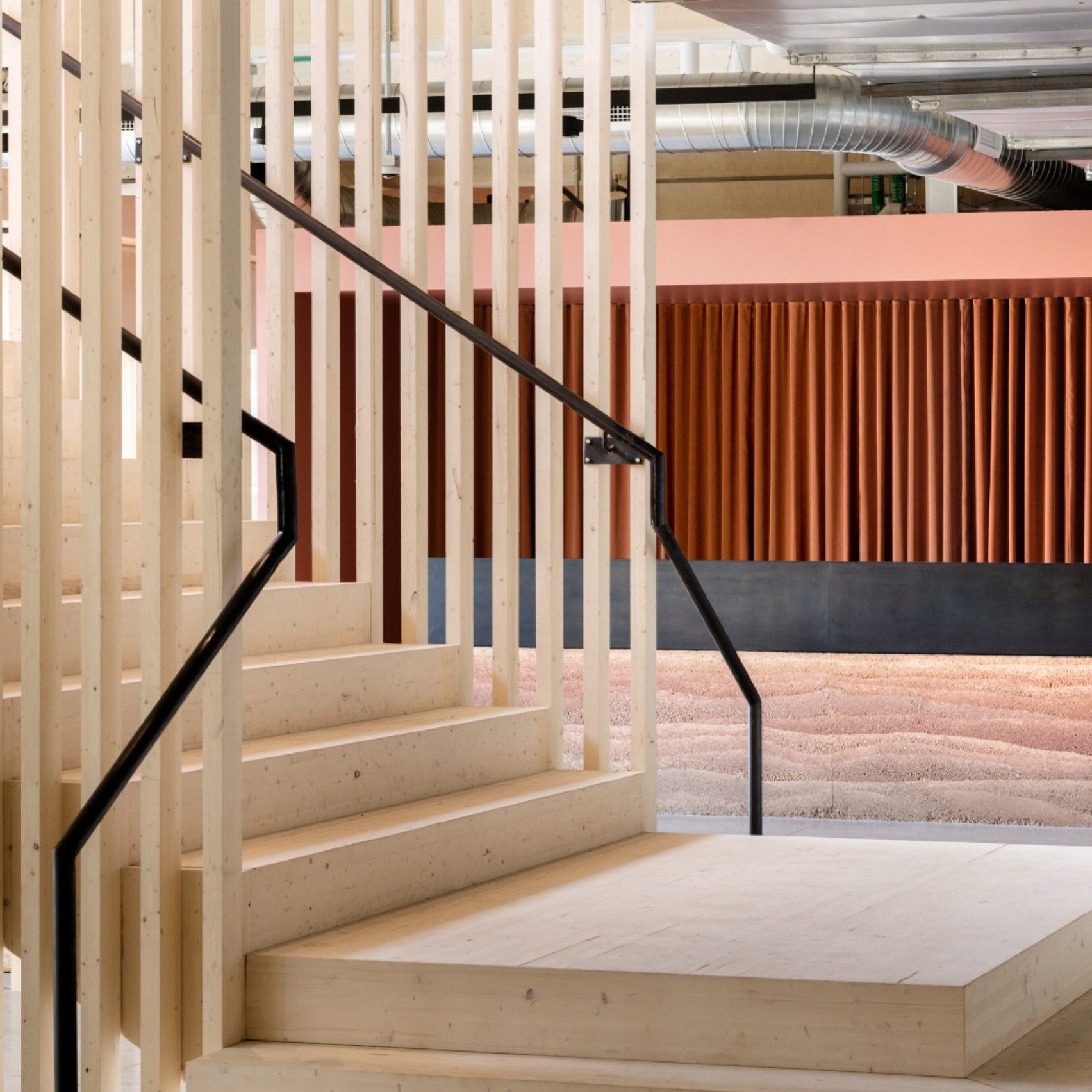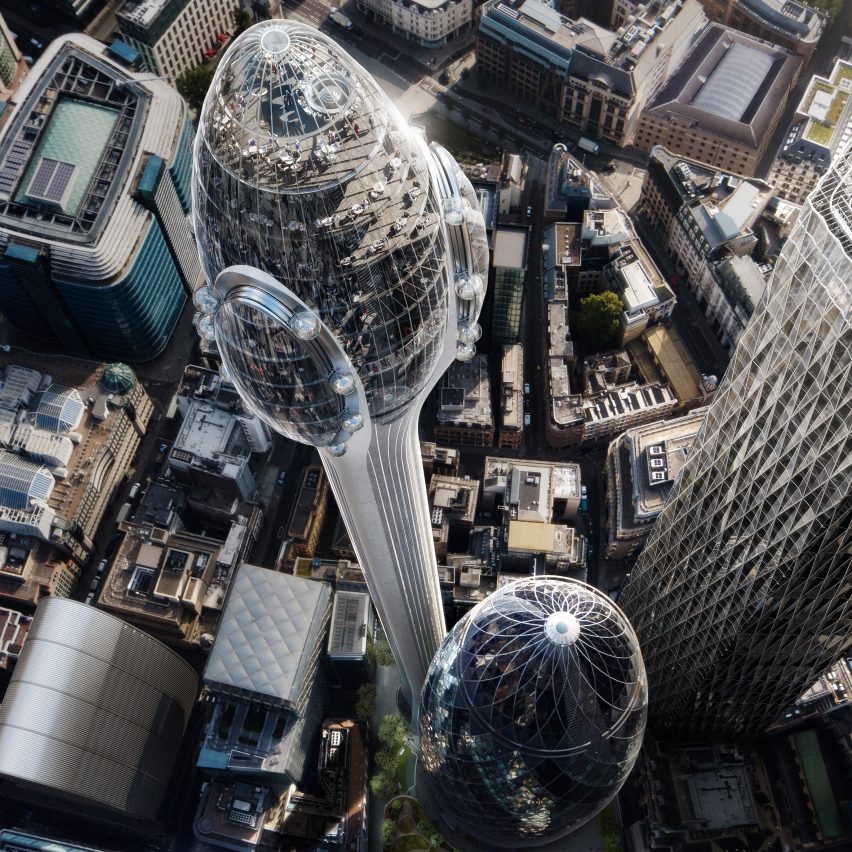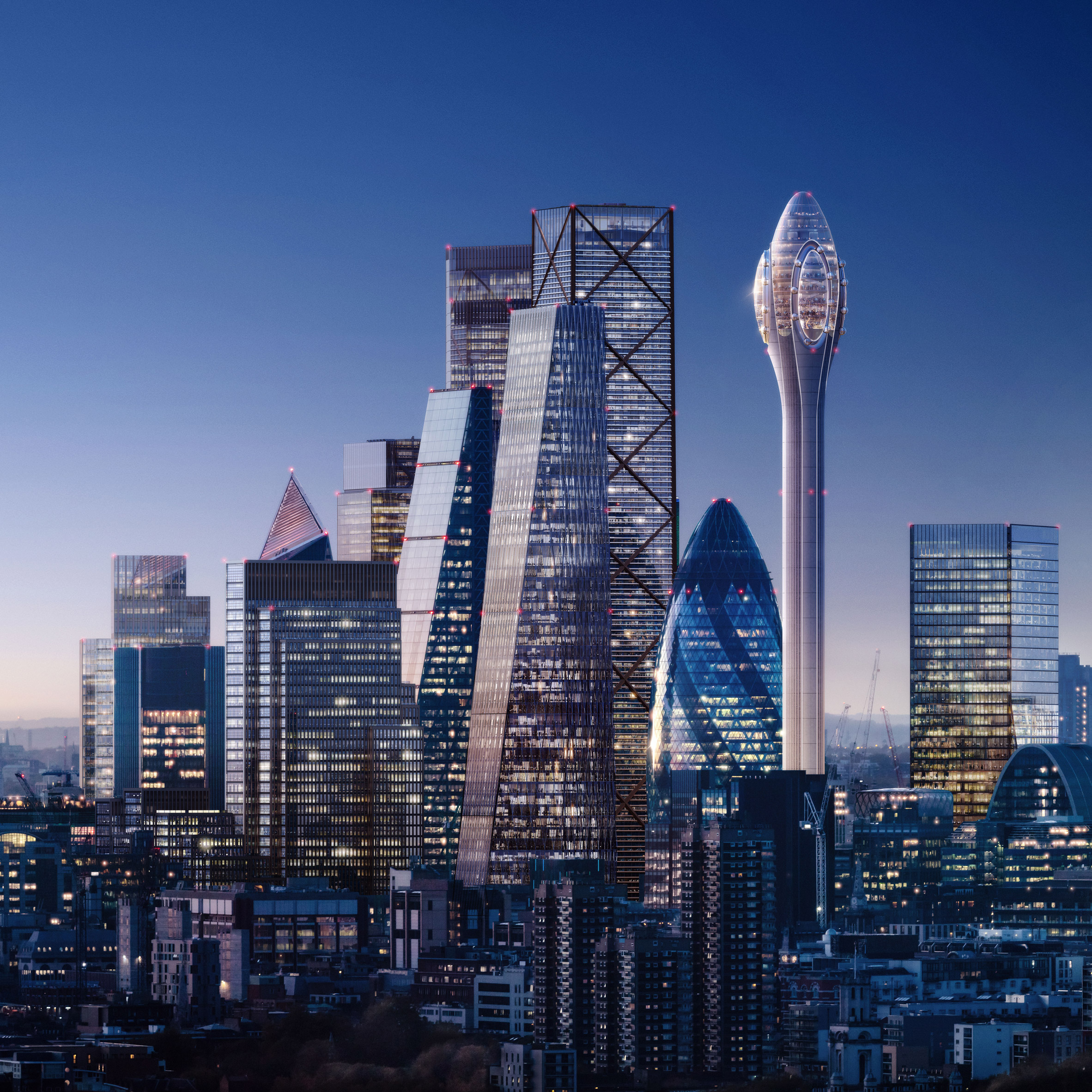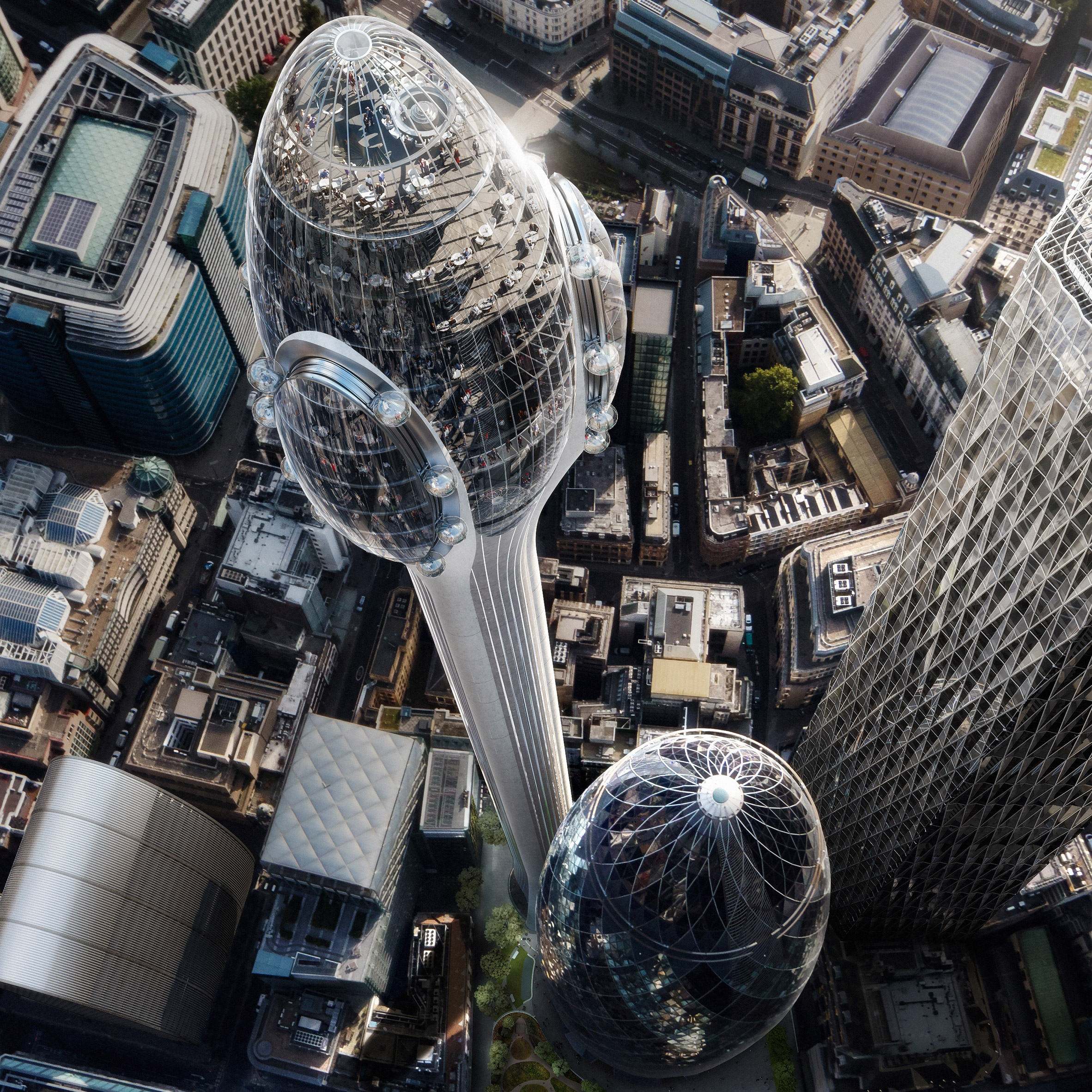This collection of porcelain tiles informed by the wild landscapes of Scandinavia is among 11 new products featured on Dezeen Showroom this week.
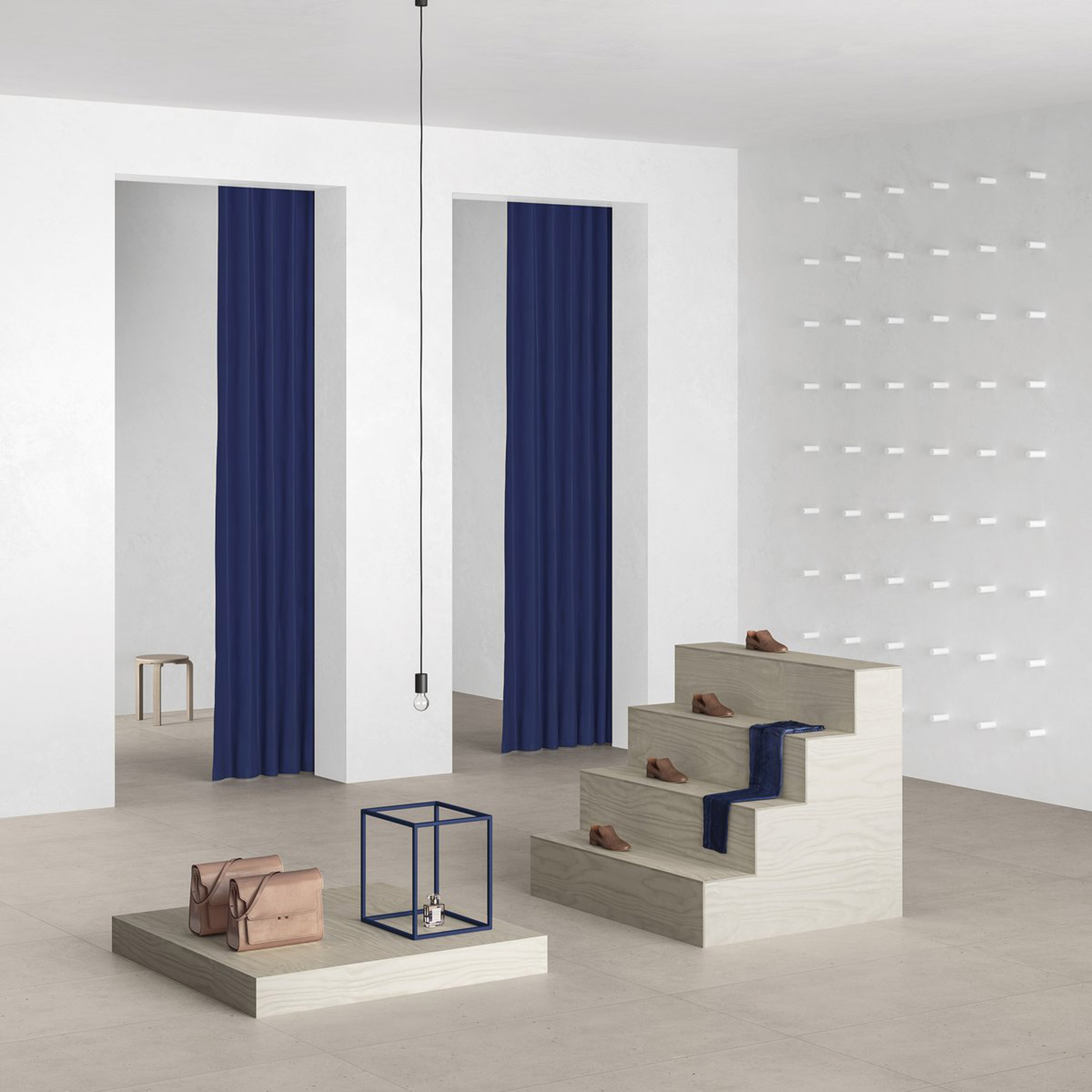
Fjord stoneware collection by Fiandre Architectural Surfaces
Italian brand Fiandre Architectural Surfaces has created a porcelain tile collection called Fjord, which is suitable for use both indoors and outdoors.
The collection comprises semi-polished or structured tiles with a tone-on-tone cloud effect to echo staggering cliffs and rocky inlets.
Fjord was featured on Dezeen Showroom this week, alongside products including a chair made from used coffee grounds and a modular bookshelf-cum-room divider.
Read on to see the rest of this week's new products:

Solida tile range by Fiandre Architectural Surfaces
Fiandre Architectural Surfaces is also behind Solida, a series of neutral-coloured tiles for residential, commercial and public settings.
The tiles are available in six different colours ranging from warm brown to cool grey, including variations that resemble the texture of nuts and seeds.
Find out more about Solida ›
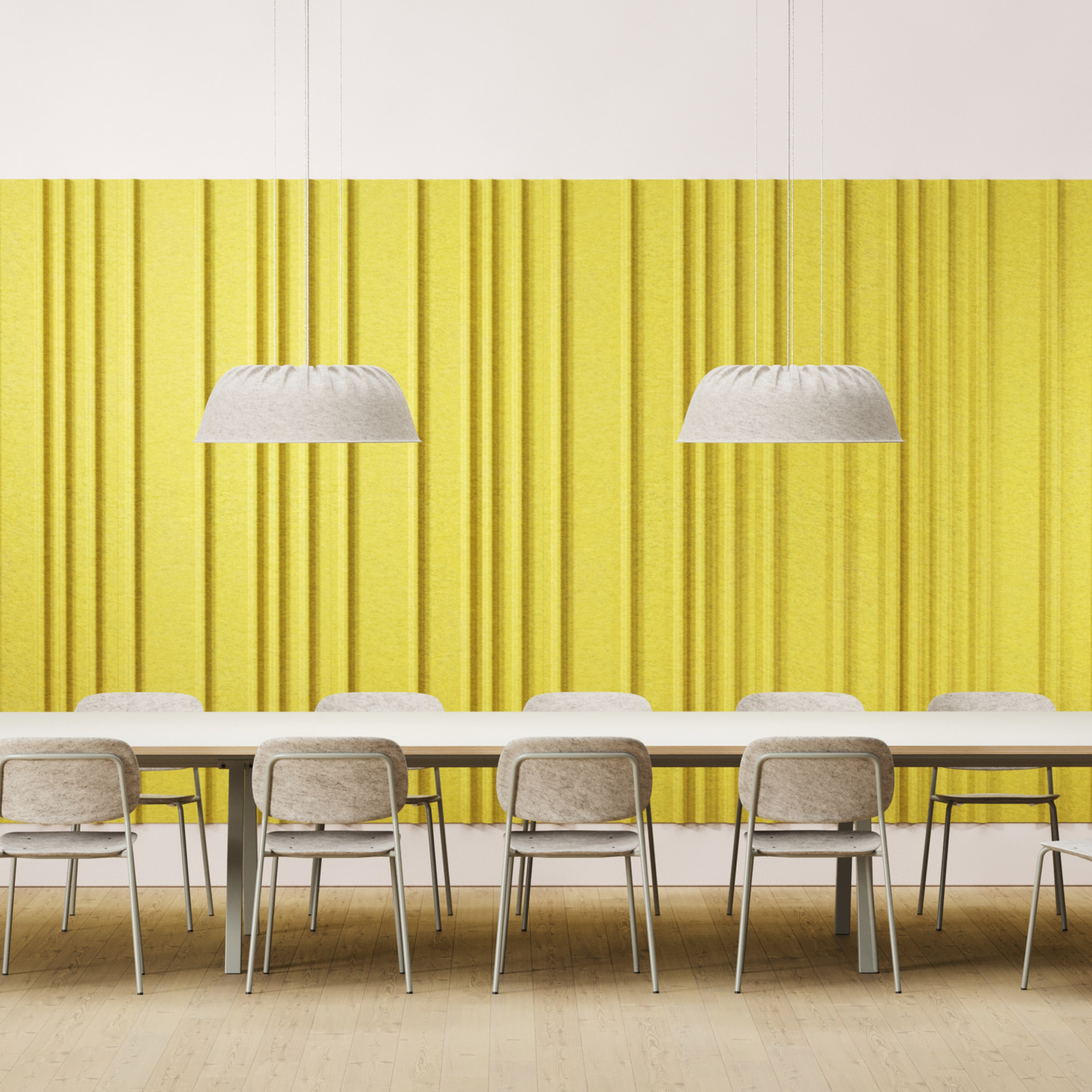
Mute Fraction PET felt acoustic panel by De Vorm
Mute Fraction PET is an acoustic panel made from PET felt by Dutch design brand De Vorm, which is made from recycled plastic bottles and is recyclable.
The panels, which are based on a variation of the golden ratio, feature a distinctive pattern made up of five unequal segments separated by five ribs to create a sense of "harmonious composition."
Find out more about Mute Fraction PET ›
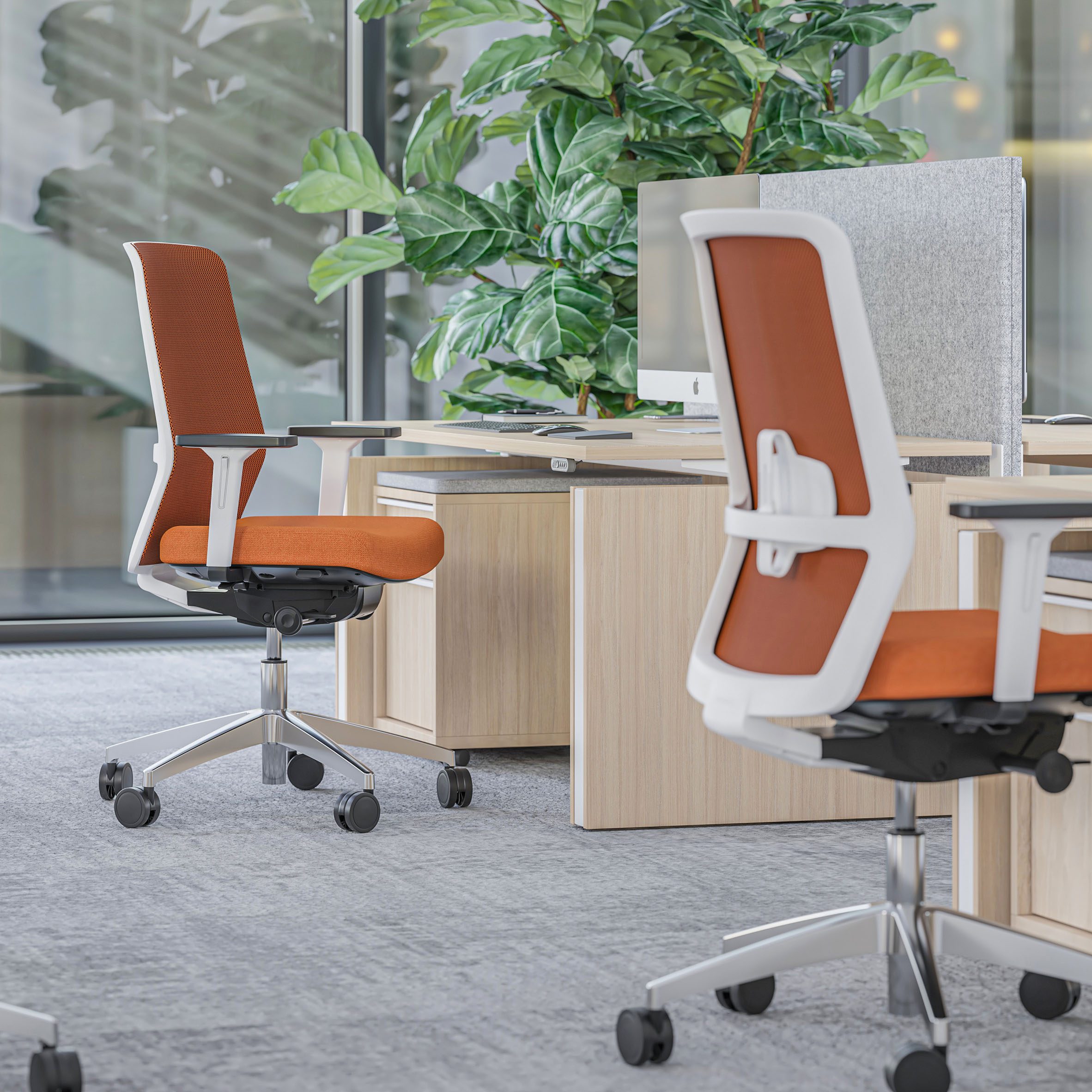
Surf task chair by Narbutas
Surf is a task chair created by office-furniture brand Narbutas. As its name suggests, the Surf chair is distinguished by its backrest that resembles a windsurfing sail.
The backrest is designed to enhance comfort for long periods of time and is upholstered in a mesh textile, which offers further comfort as it contours to the back and provides constant airflow to avoid overheating.
Find out more about Surf ›
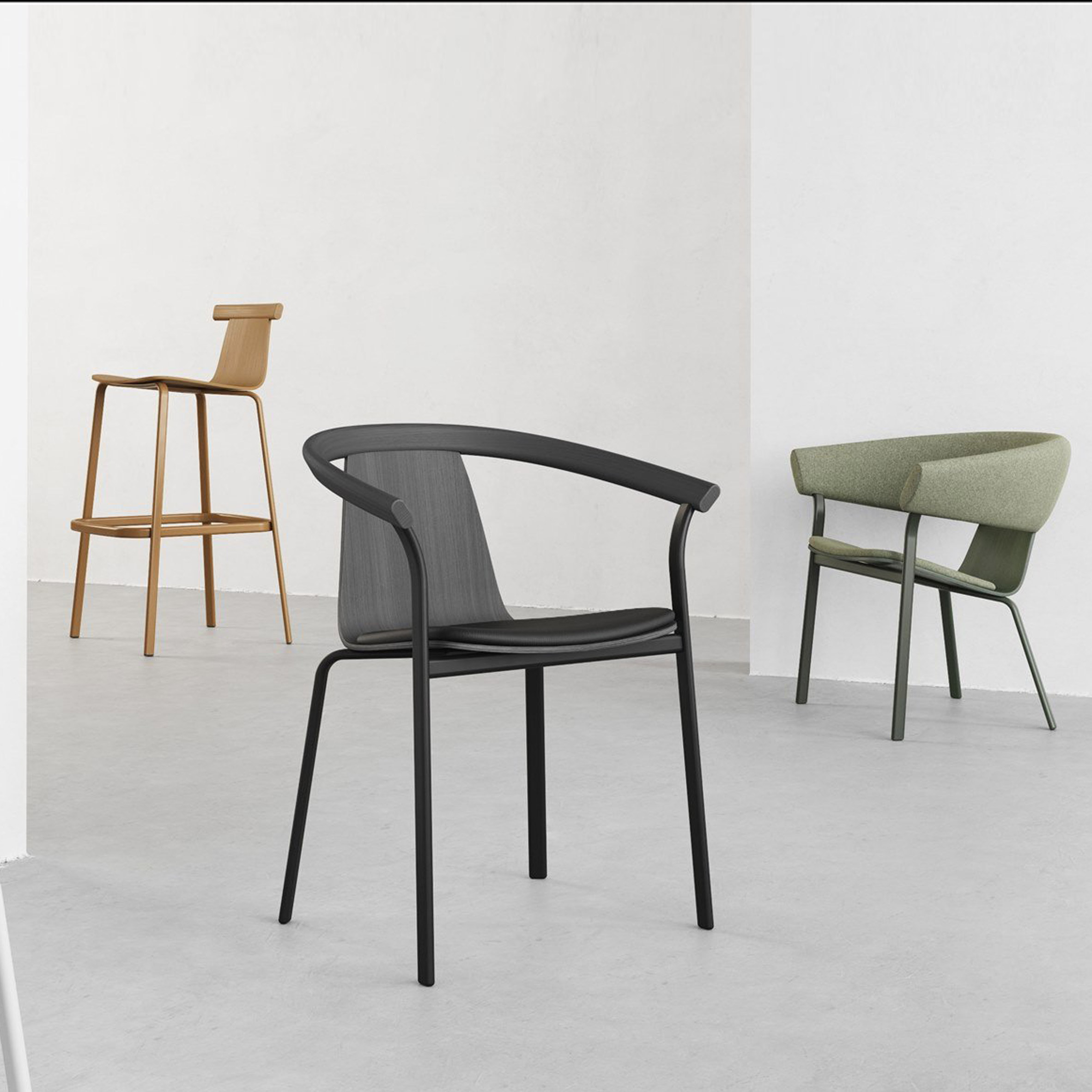
Atal Chair by Form Us With Love presented at Maison&Objet
Presented at Maison&Objet, Atal is a collection of high stools, armchairs, lounge chairs and simple chairs created by Swedish design studio Form Us With Love.
The chairs are composed of a single wooden shell made from oak veneer and metal tubing. These come in six different wood stains and five colours for the metal frames, as well as various upholstery options.
Find out more about Atal Chair ›
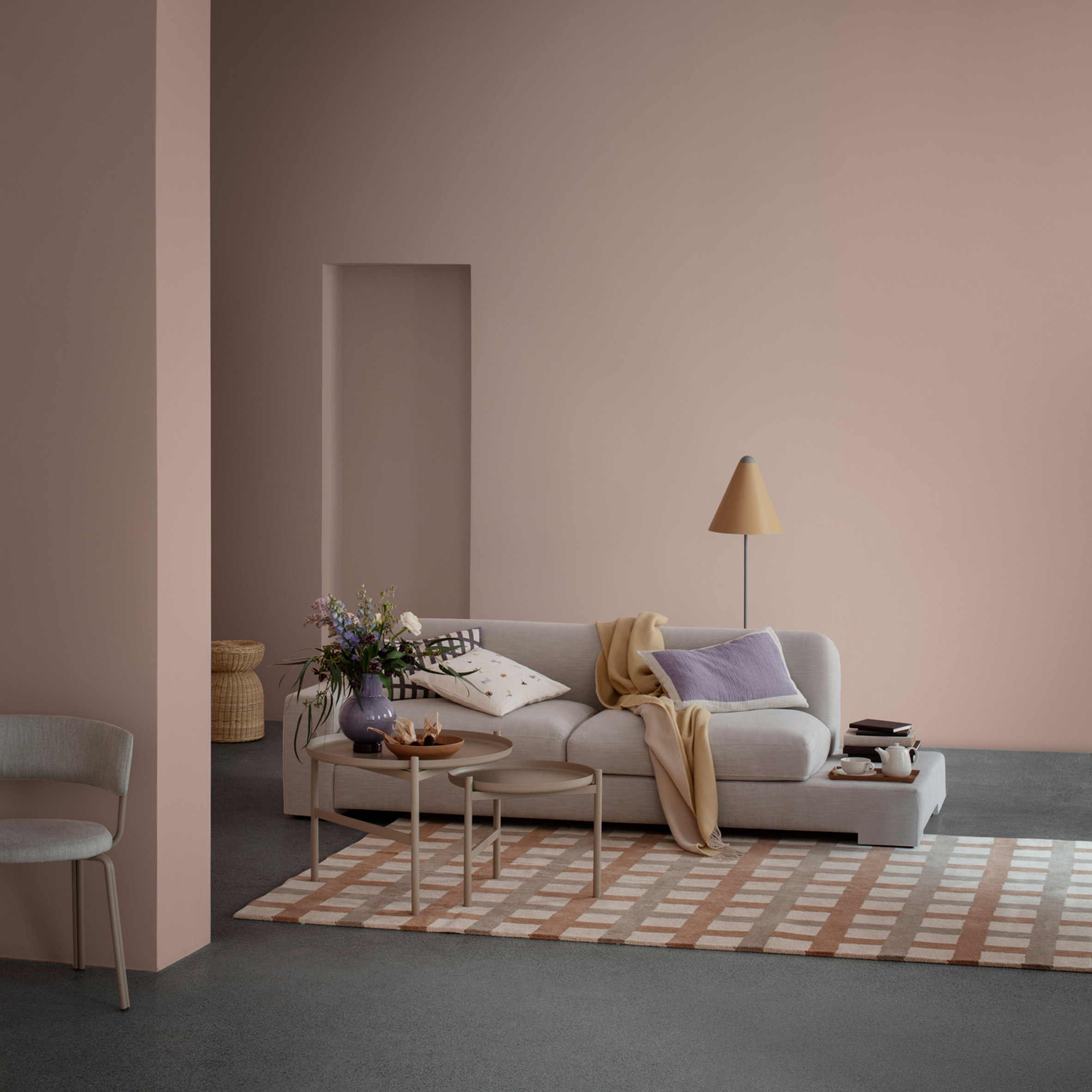
Bay Sofa by Omayra Maymó presented at Maison&Objet
Also presented at French furniture fair Maison&Objet is Bay Sofa, created by Spanish designer Omayra Maymó for interiors brand Broste Copenhagen.
The sofa is distinguished by its relaxed and fluid silhouette with ample seating space and its base, which extends out from below the seat. This extension of the base serves as a convenient place to keep trays, books or lamps.
Find out more about Bay Sofa ›
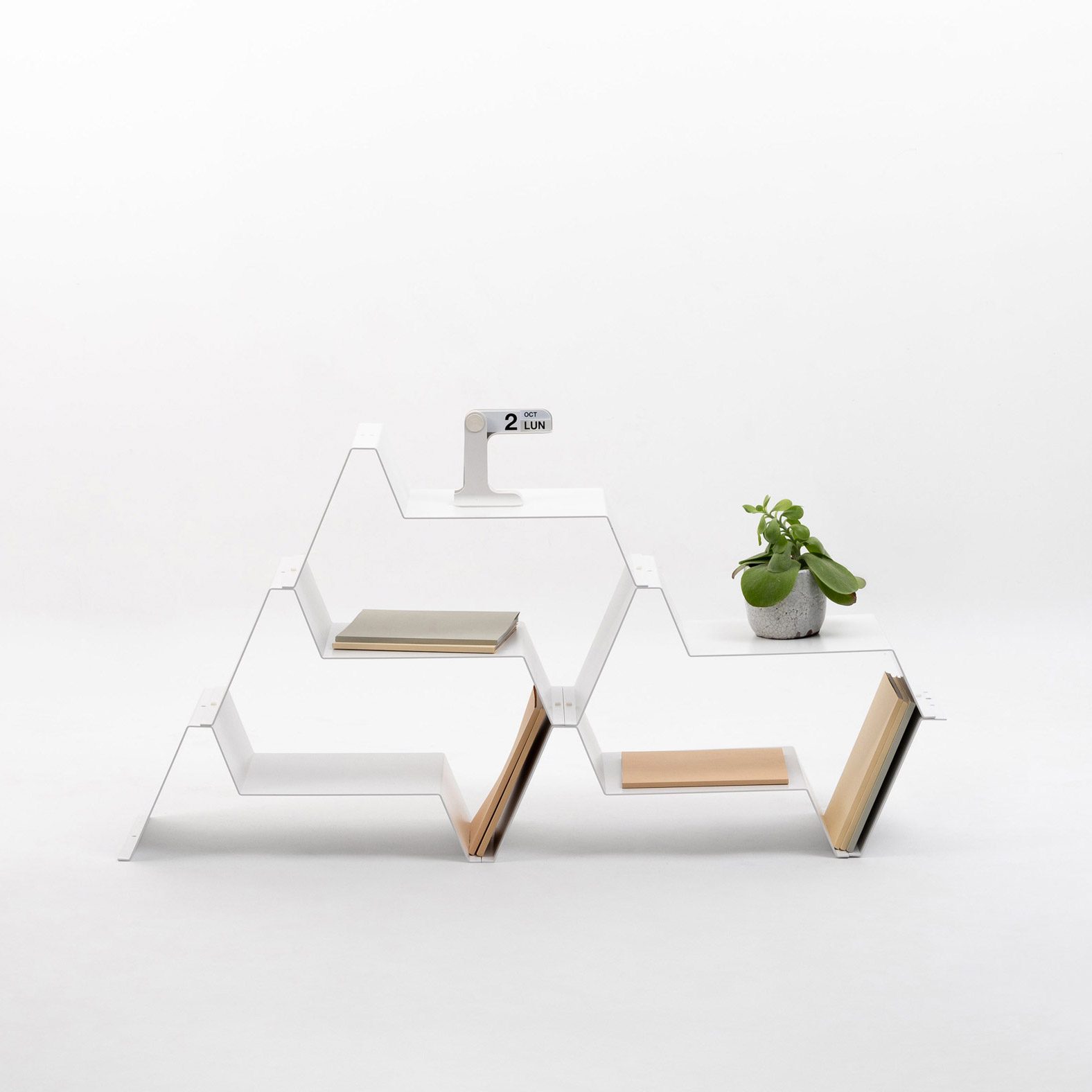
Fréquence shelf by Jean Couvreur presented at Maison&Objet
Fréquence is a minimalist aluminium shelf designed by Jean Couvreur for Kataba as a multipurpose piece of modular furniture, available through Maison&Objet.
The shelf, which doubles as a bookcase or room divider, takes the form of geometrically shaped modules that can be combined into various arrangements to adapt to a wide range of interior settings.
Find out more about Fréquence ›
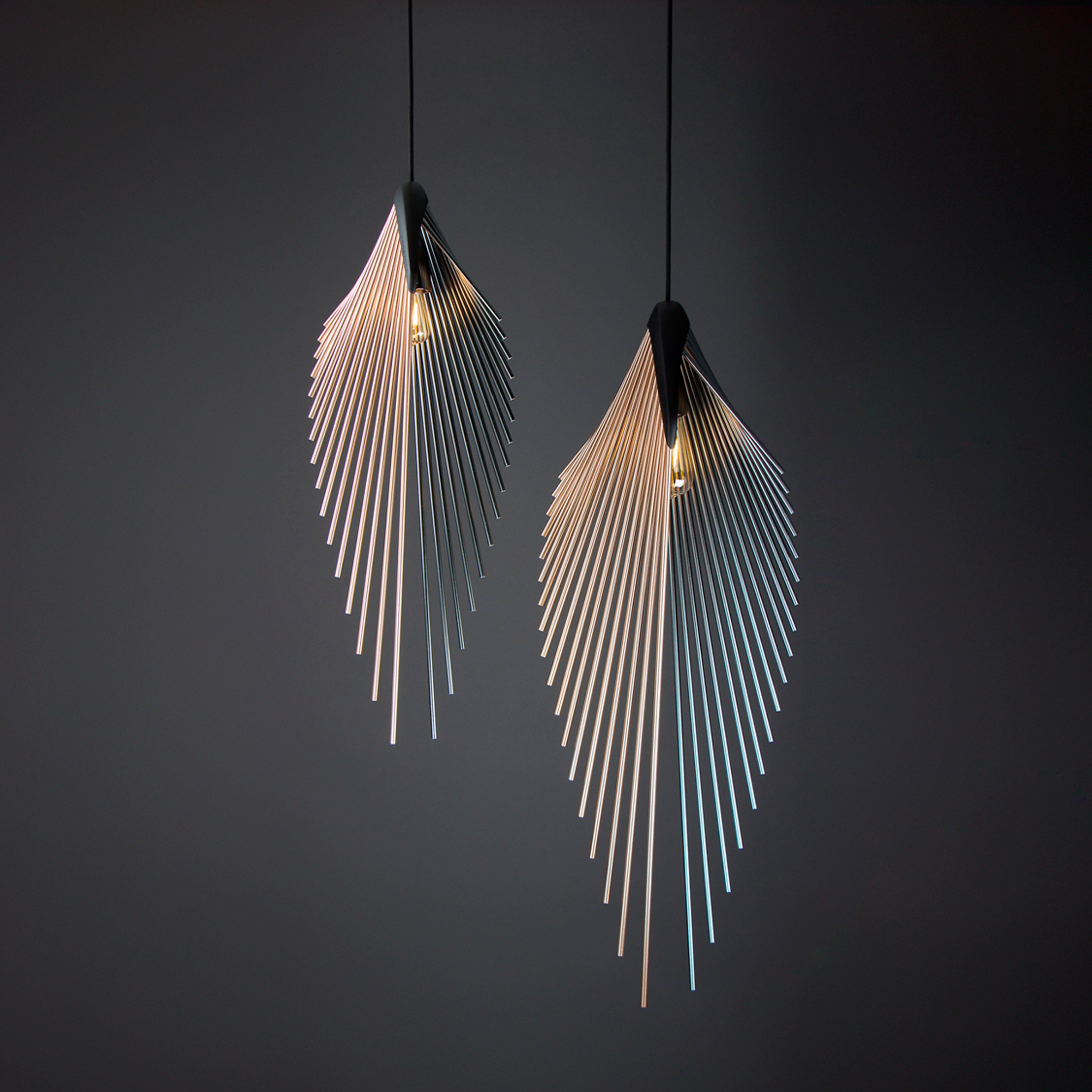
Leaf Lamp by Dániel Máto presented at Maison&Objet
Designer Dániel Máto created Leaf Lamp for Budapest Select by Hungarian Fashion & Design Agency, which is available through Maison&Objet.
The pendant light, which is based on the shape of palm leaves, has an intricate outer shade made from glossy anodised aluminium tubes held together via a 3D-printed holder.
Find out more about Leaf Lamp ›
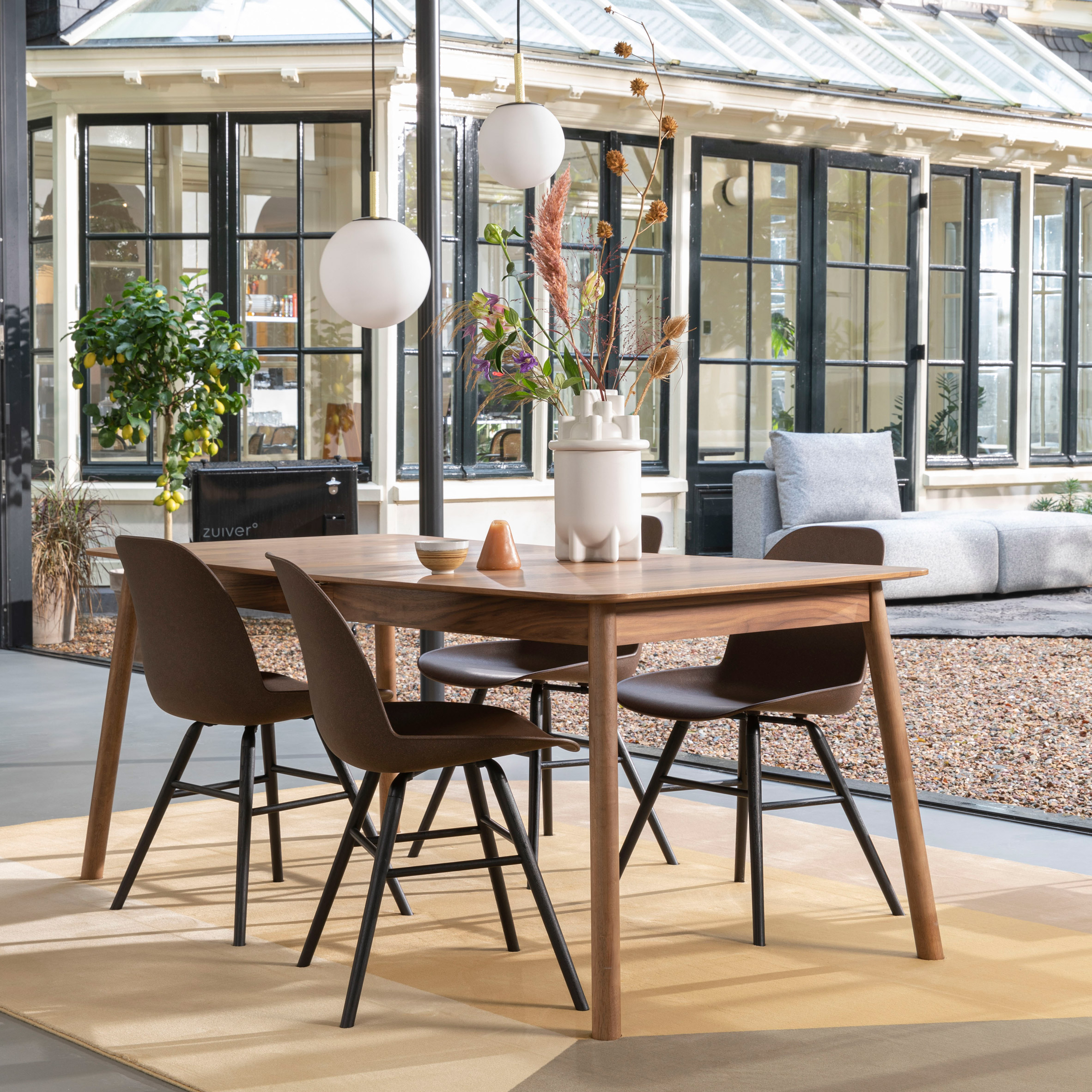
Albert Kuip Coffee chair by Zuiver presented at Maison&Objet
As its name suggests, Albert Kuip Coffee is a chair created by Dutch furniture brand Zuiver with a seat made from used coffee grounds, which is available through Maison&Objet.
The chair's brown textured shell seat is composed of 42.5 per cent coffee waste, with the remainder made from polypropylene, and its legs are made from rejected, imperfect wood.
Find out more about Albert Kuip Coffee ›
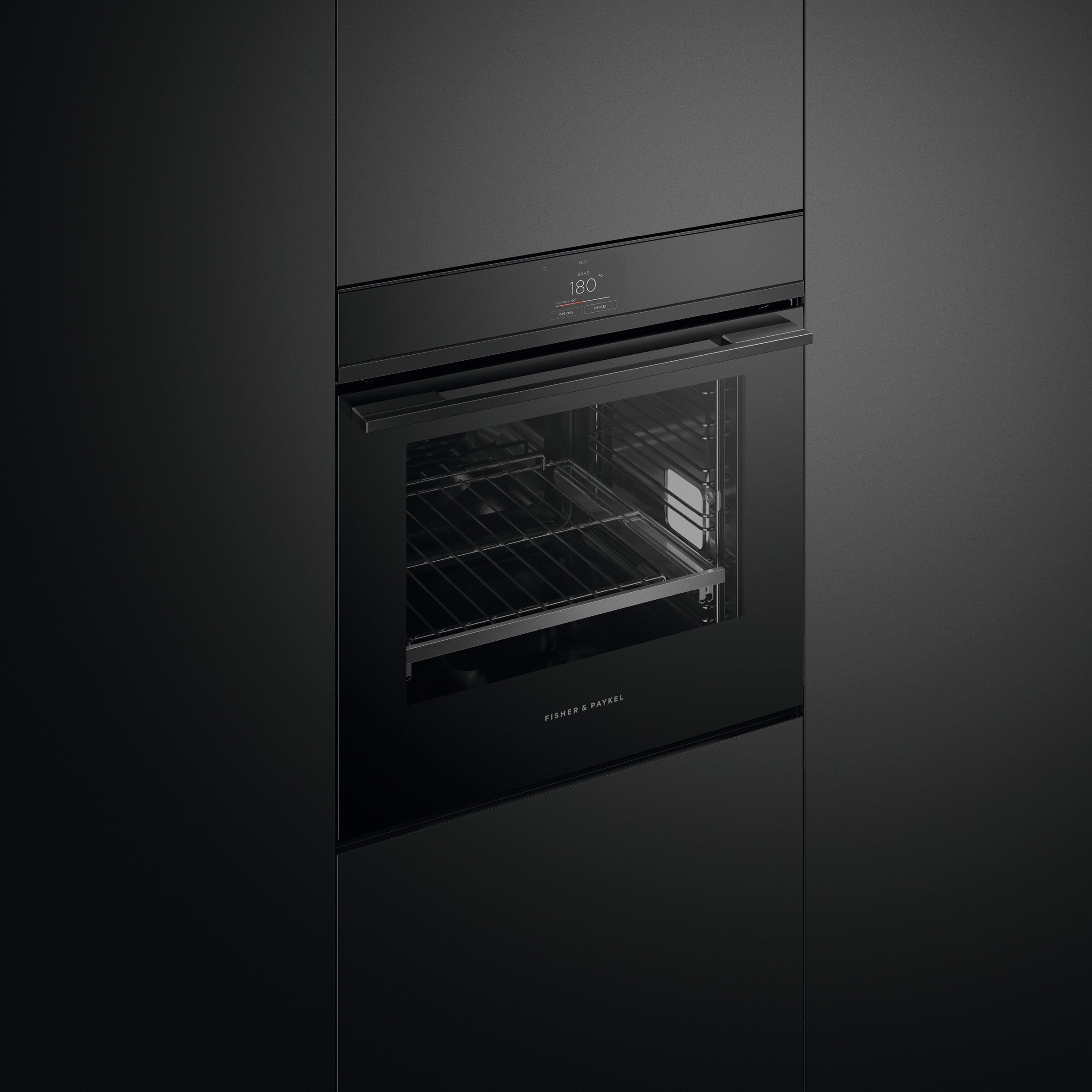
Touch Screen Oven by Fisher & Paykel
Appliance brand Fisher & Paykel has created a series of touch screen ovens equipped with three cooking methods, with a choice of basic cooking options or step-by-step guides with images.
The ovens, which are available in black or stainless steel, feature a self-cleaning technology that breaks down residue at high temperatures to aid cleanliness and to help prep for the next meal.
Find out more about Touch Screen Oven ›
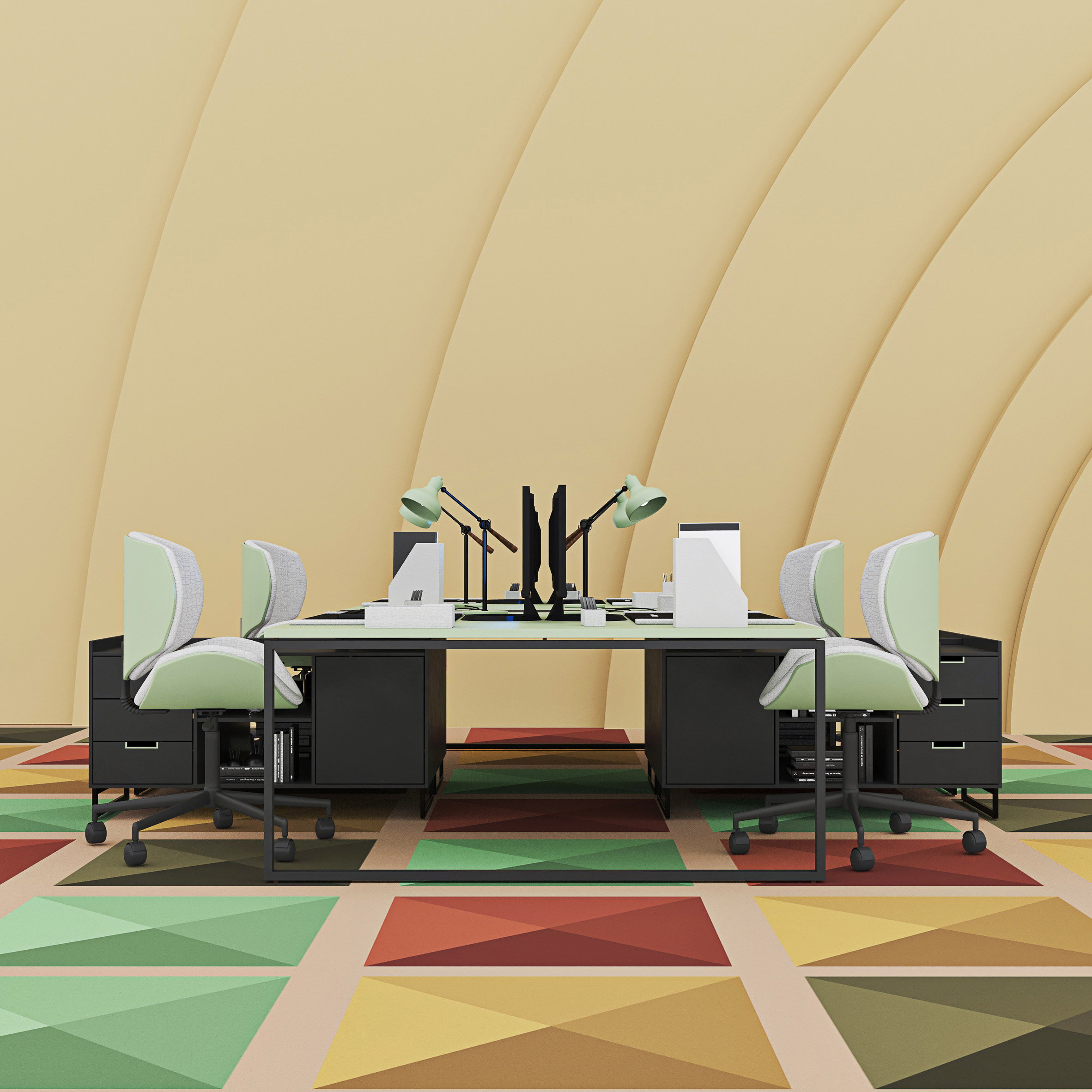
Loggia Multi-Colored carpet by Talk Carpet
Loggia Multi-Colored is a carpet informed by a 15th century Italian mural, created by flooring brand Talk Carpet.
The carpet features a distinct pattern using yellow, khaki green, mint green and red in a grid-like formation. Each square is shaded in varying muted hues to add a 3D effect.
Find out more about Loggia Multi-Colored ›
About Dezeen Showroom: Dezeen Showroom offers an affordable space for brands to launch new products and showcase their designers and projects to Dezeen's huge global audience. To launch a new product or collection at Dezeen Showroom, please email showroom@dezeen.com.
Dezeen Showroom is an example of partnership content on Dezeen. Find out more about partnership content here.
The post Fjord stoneware series by Fiandre Architectural Surfaces among new products on Dezeen Showroom appeared first on Dezeen.
from Dezeen https://ift.tt/3jigPFR
